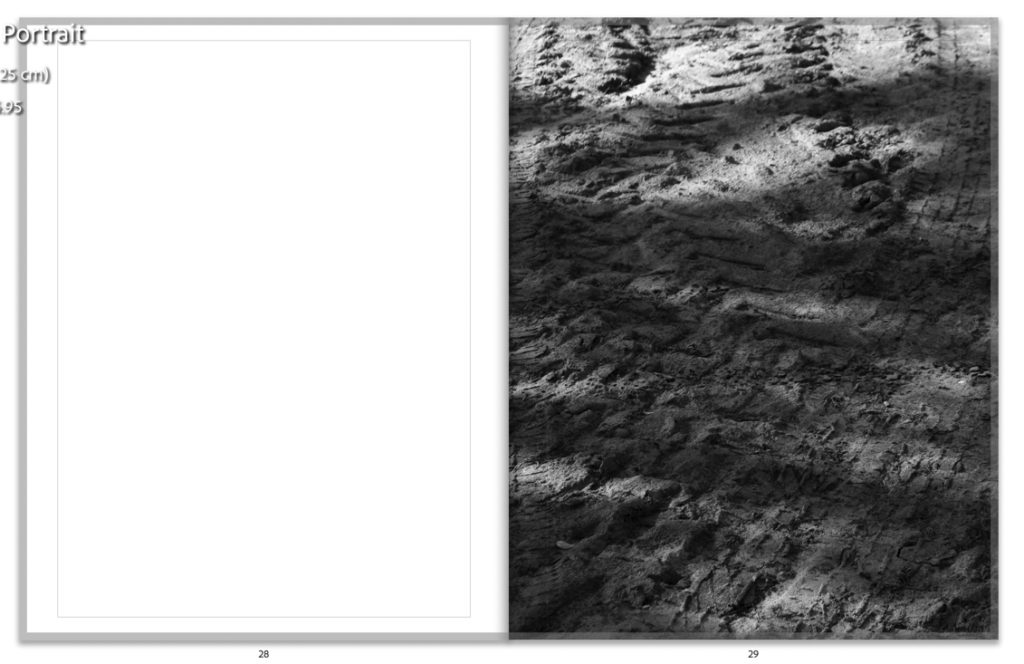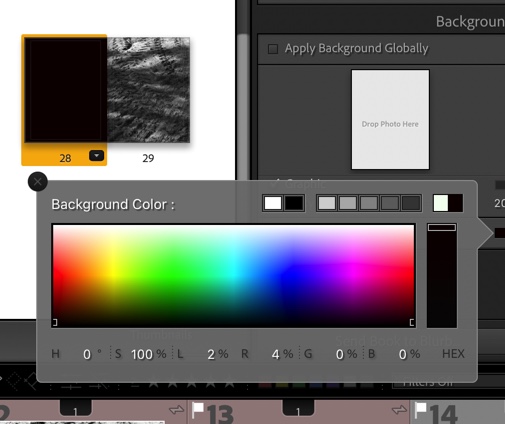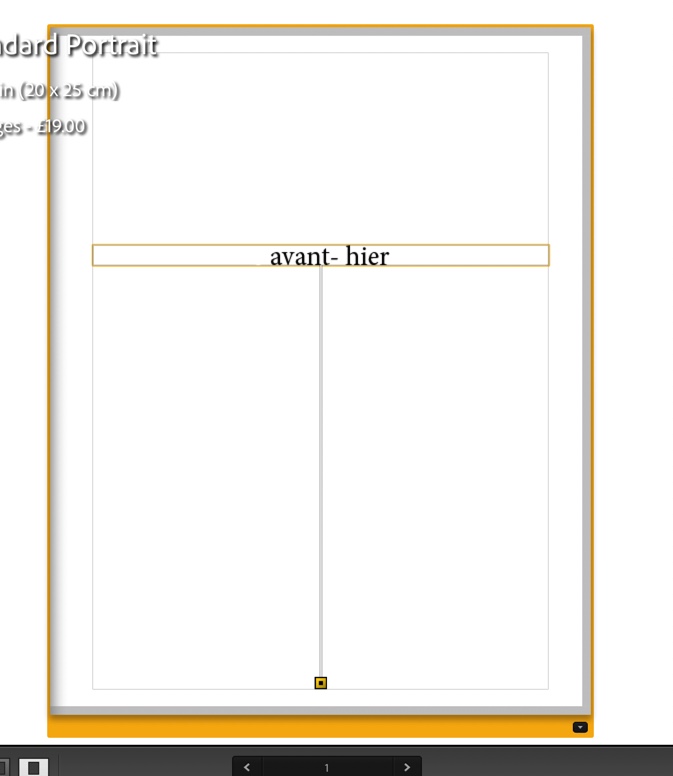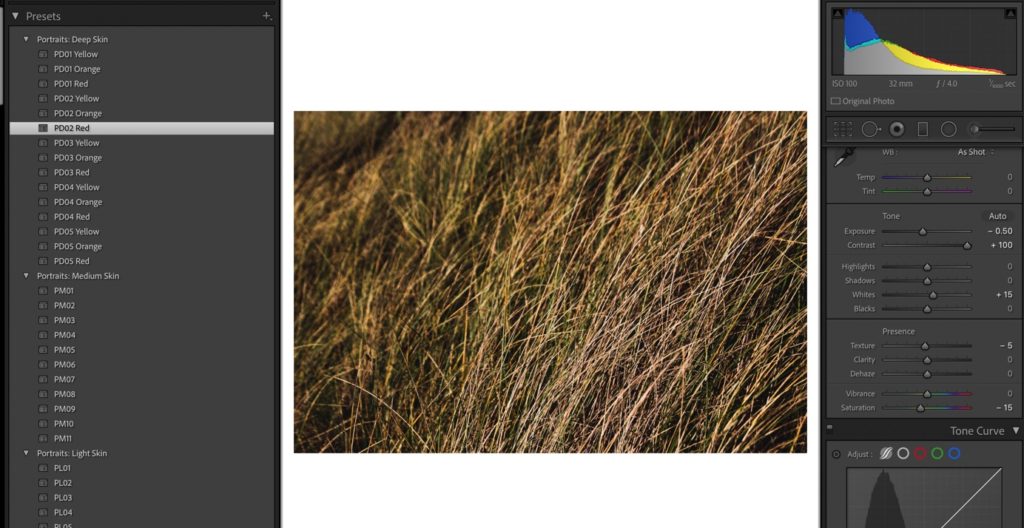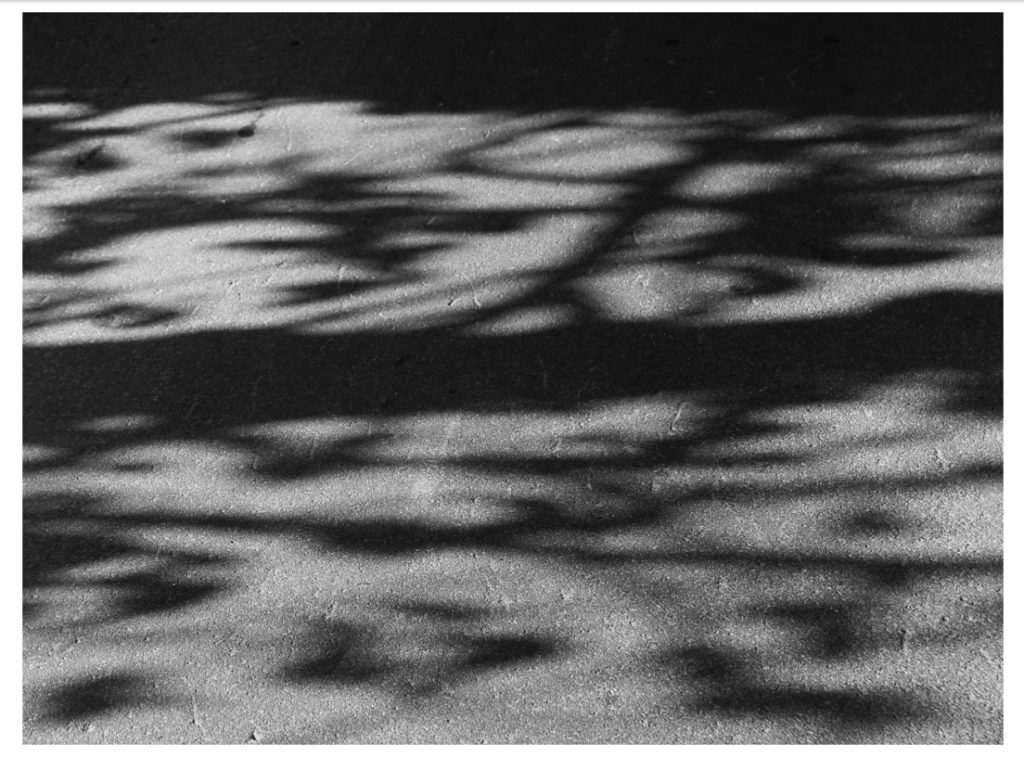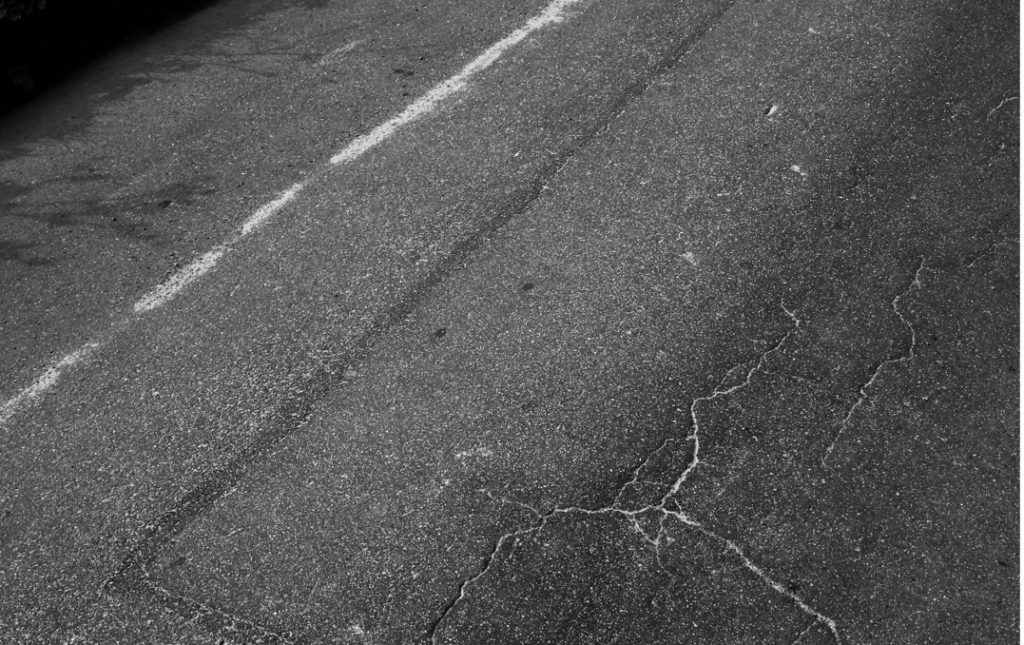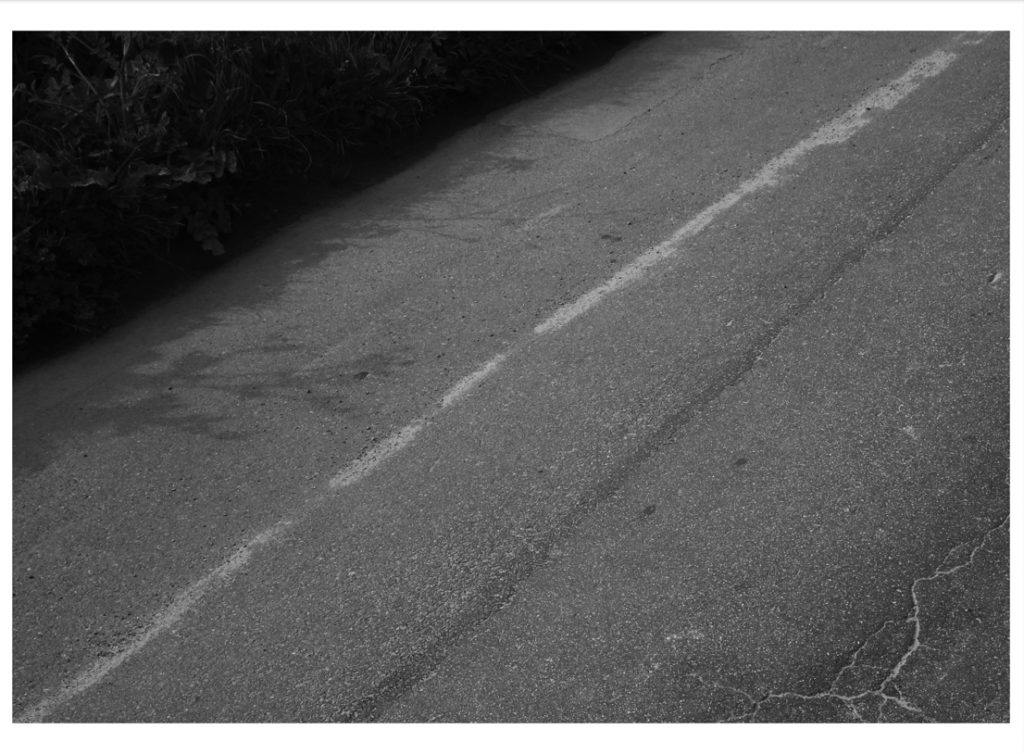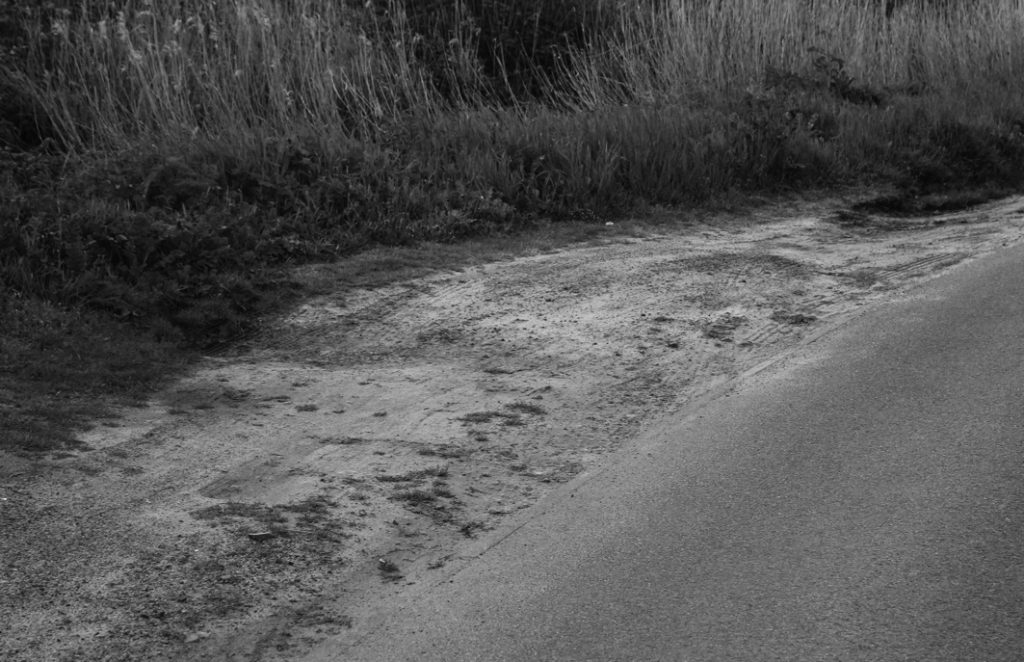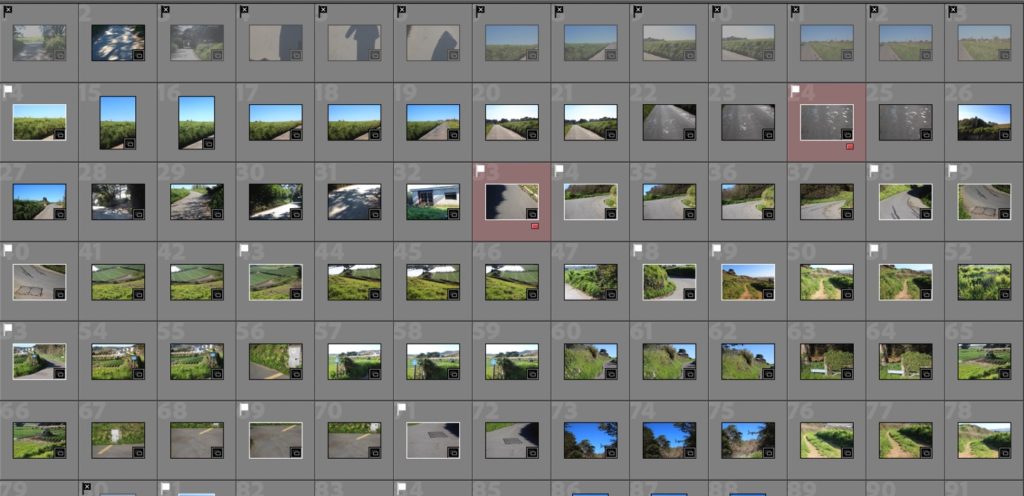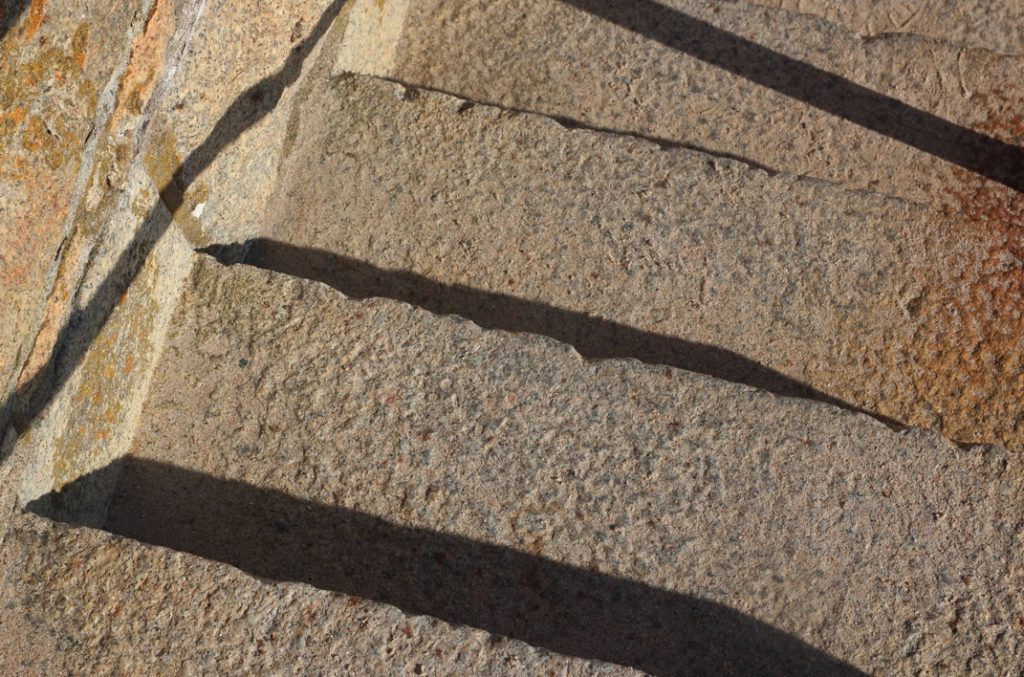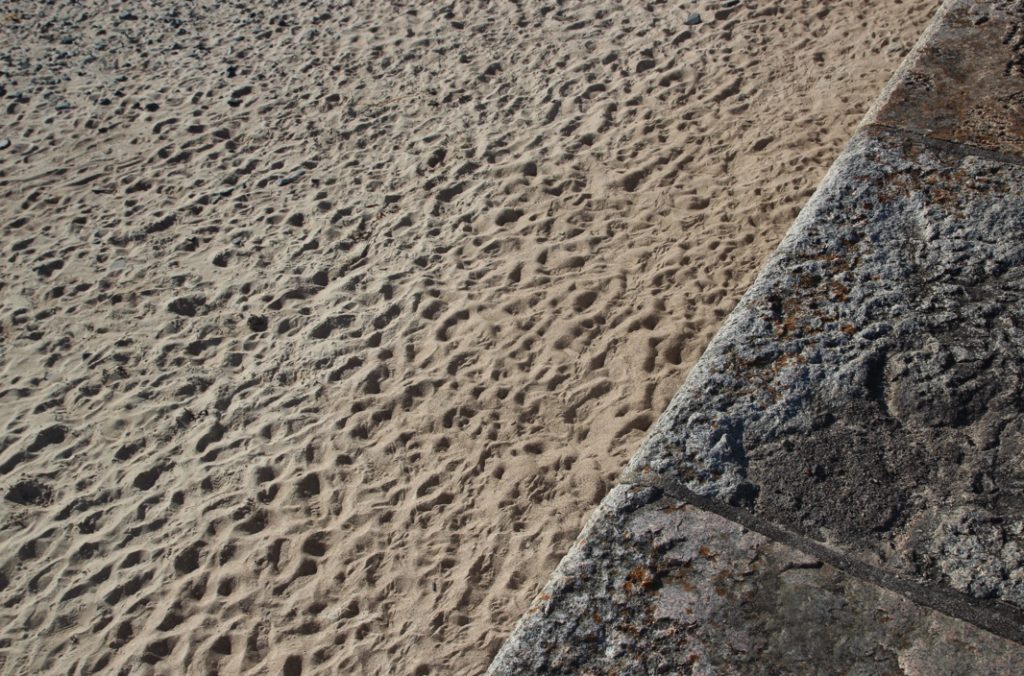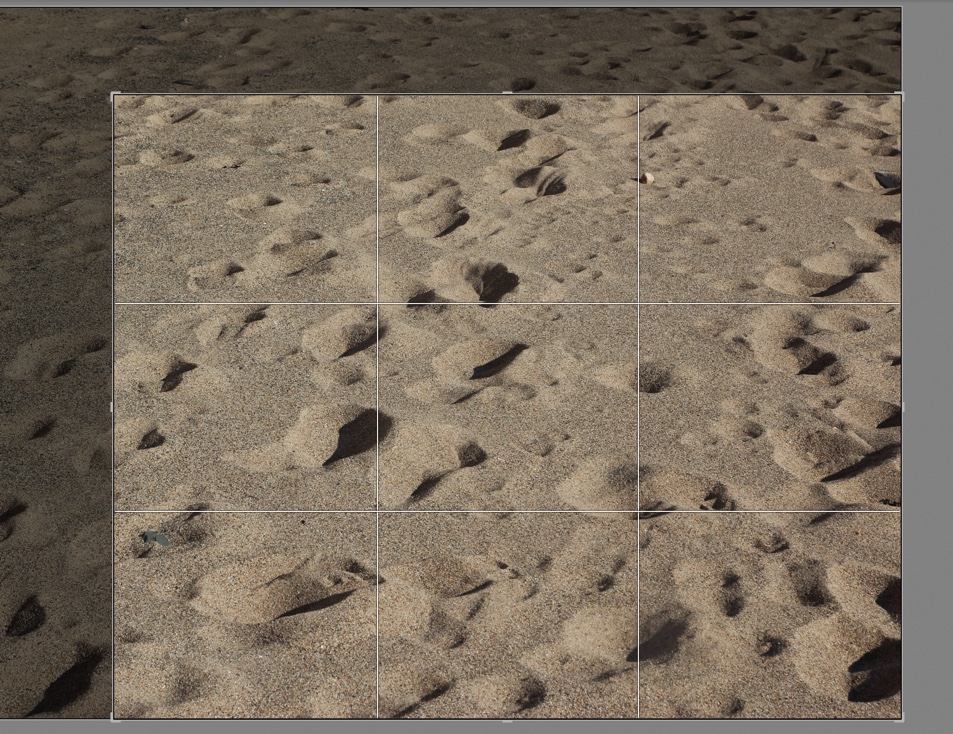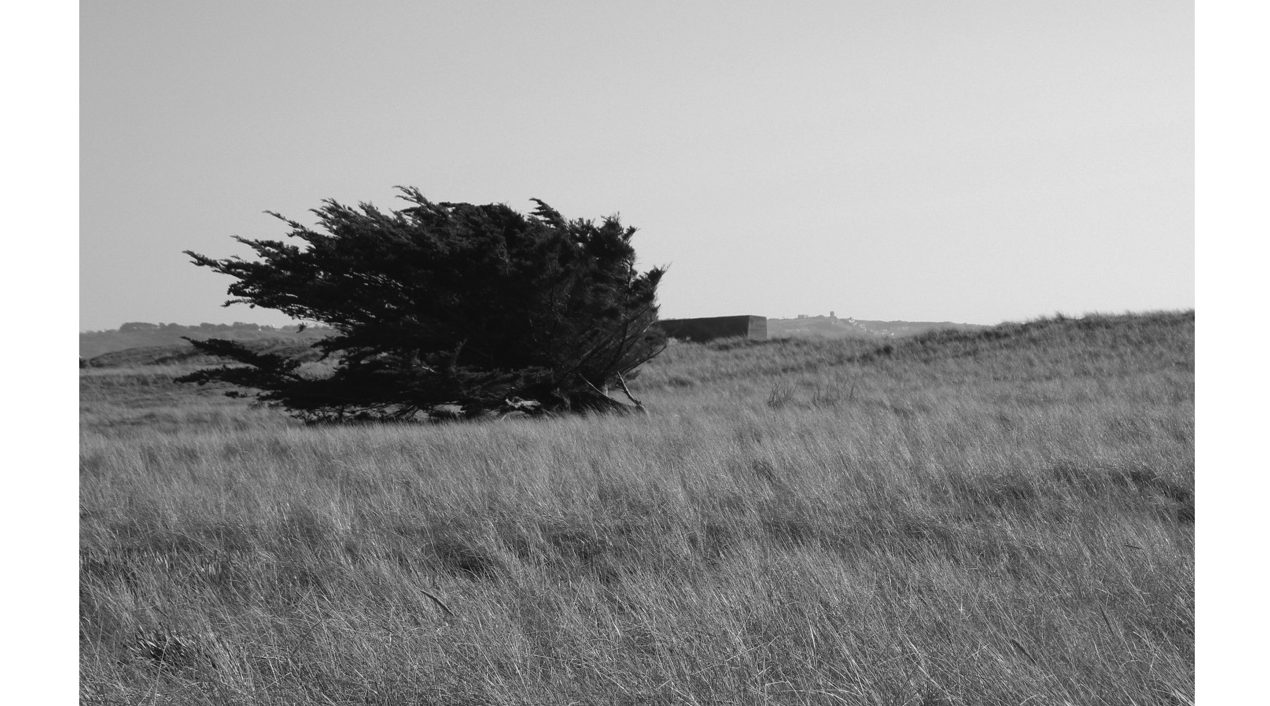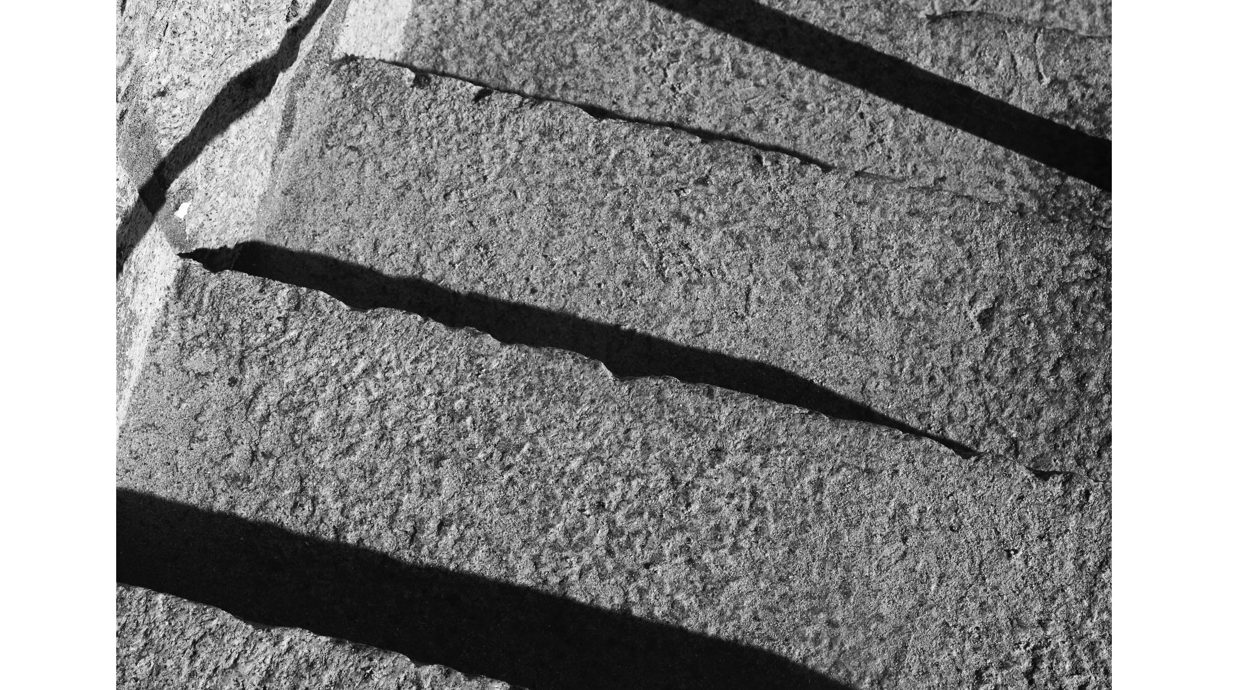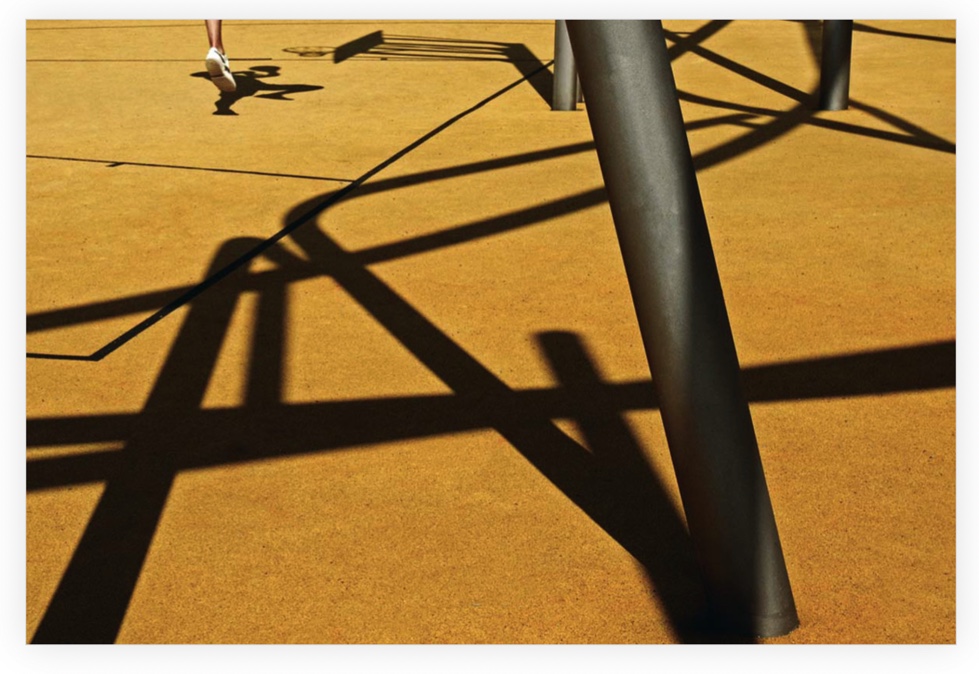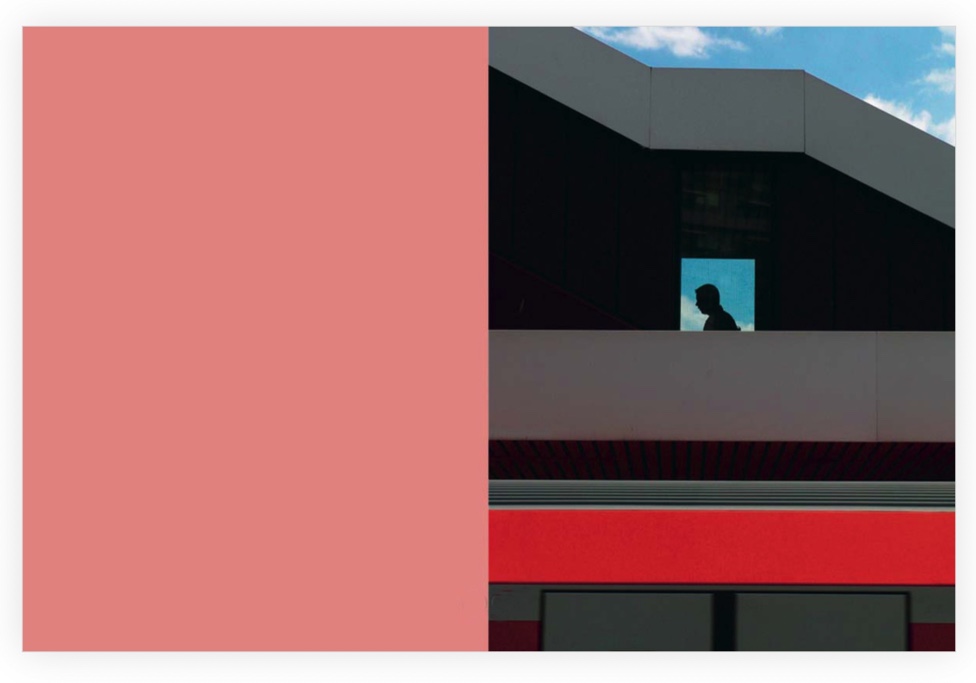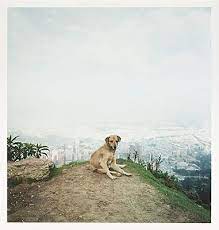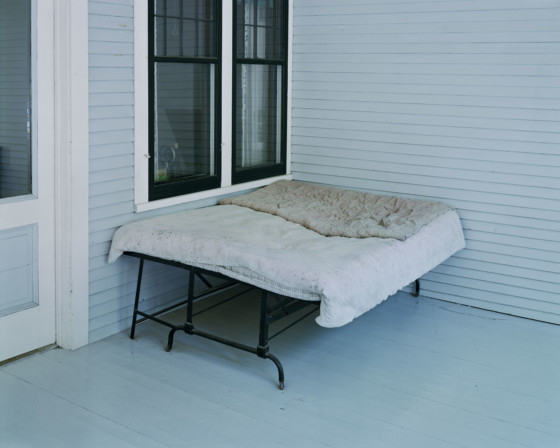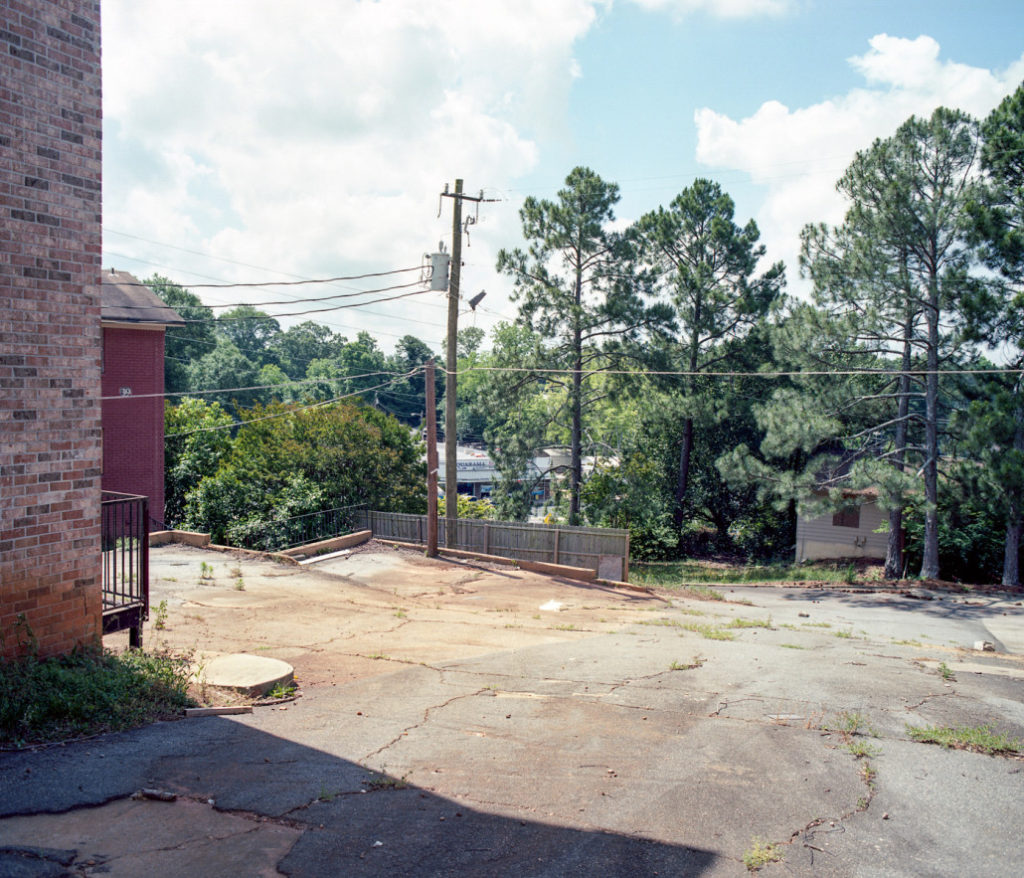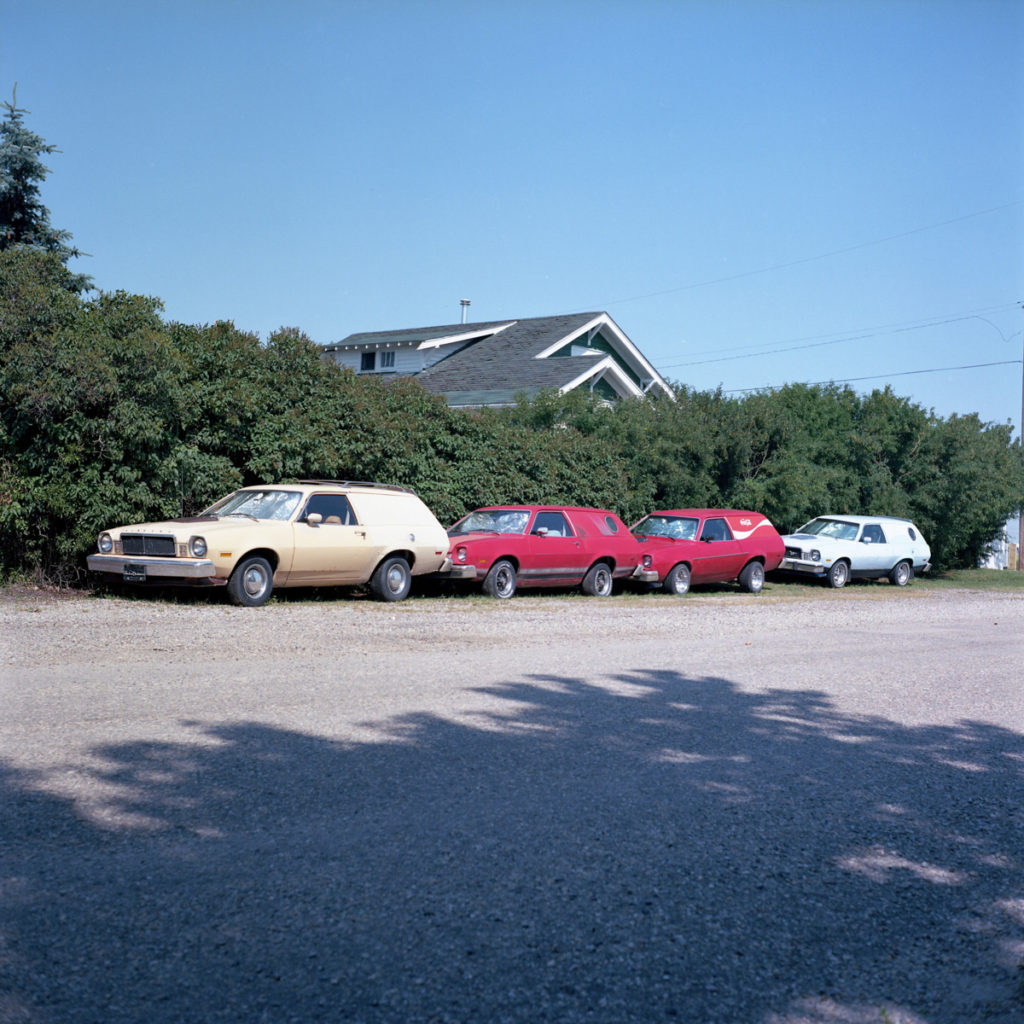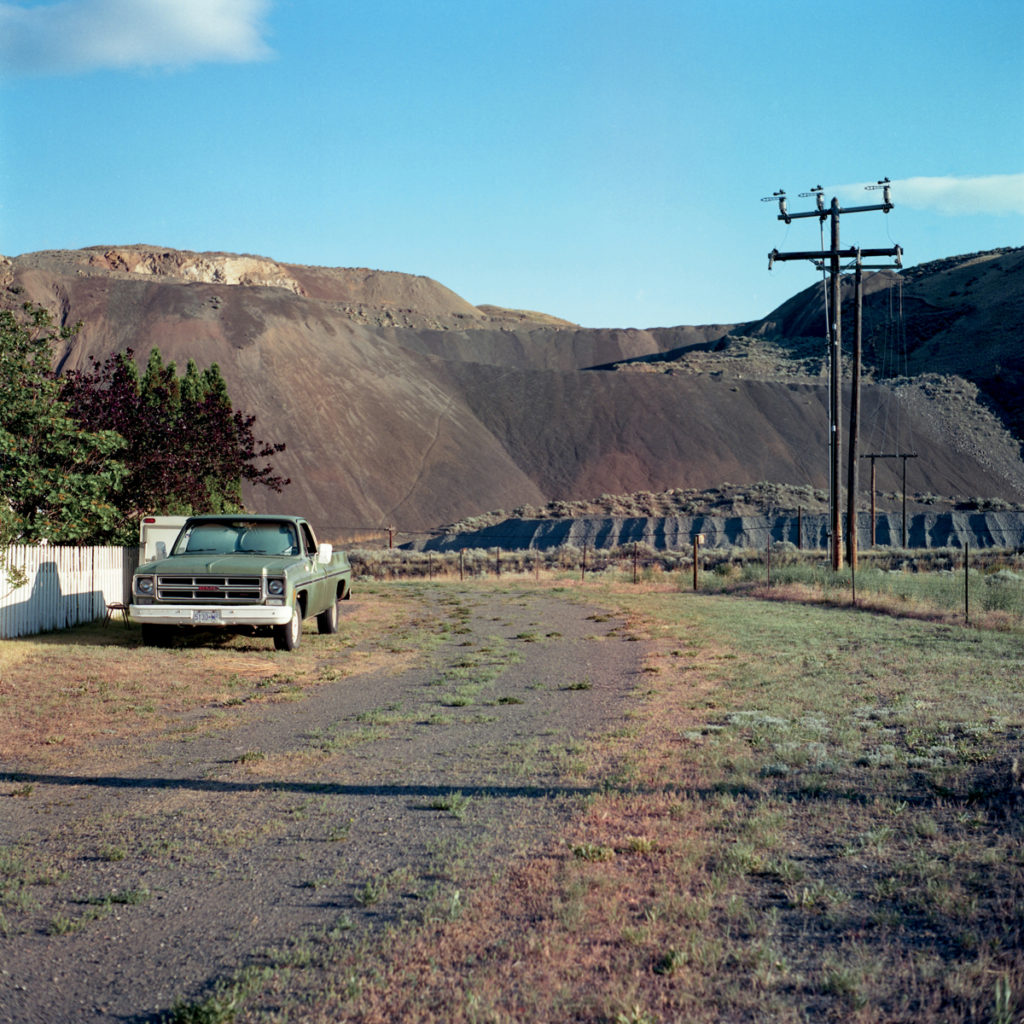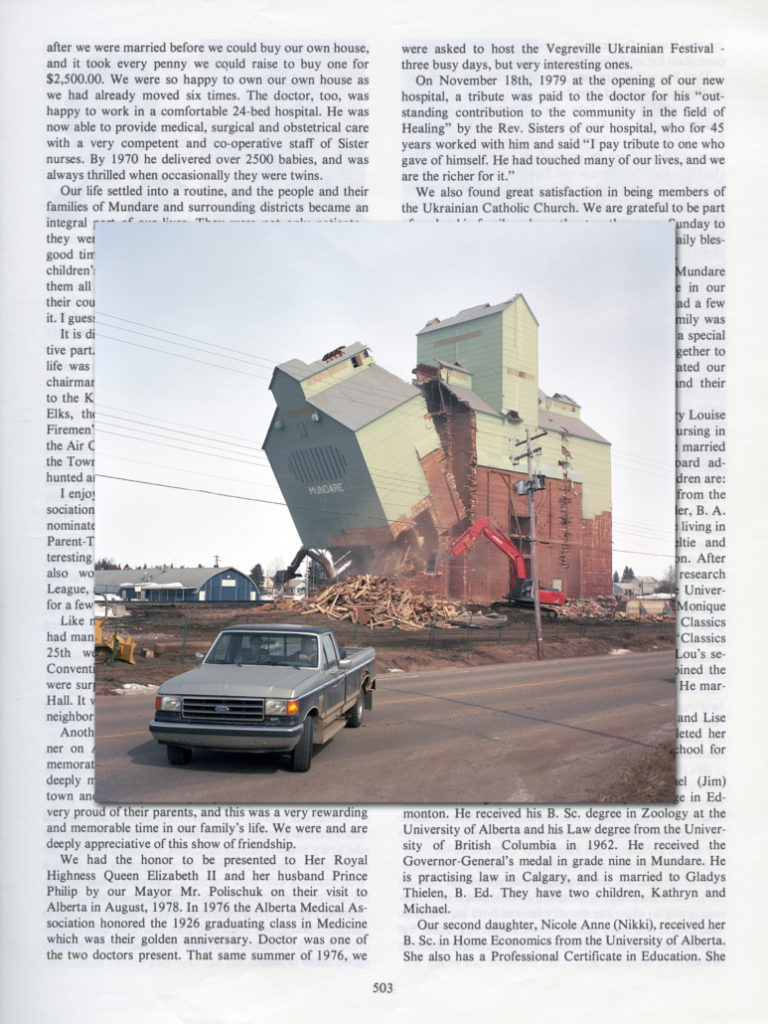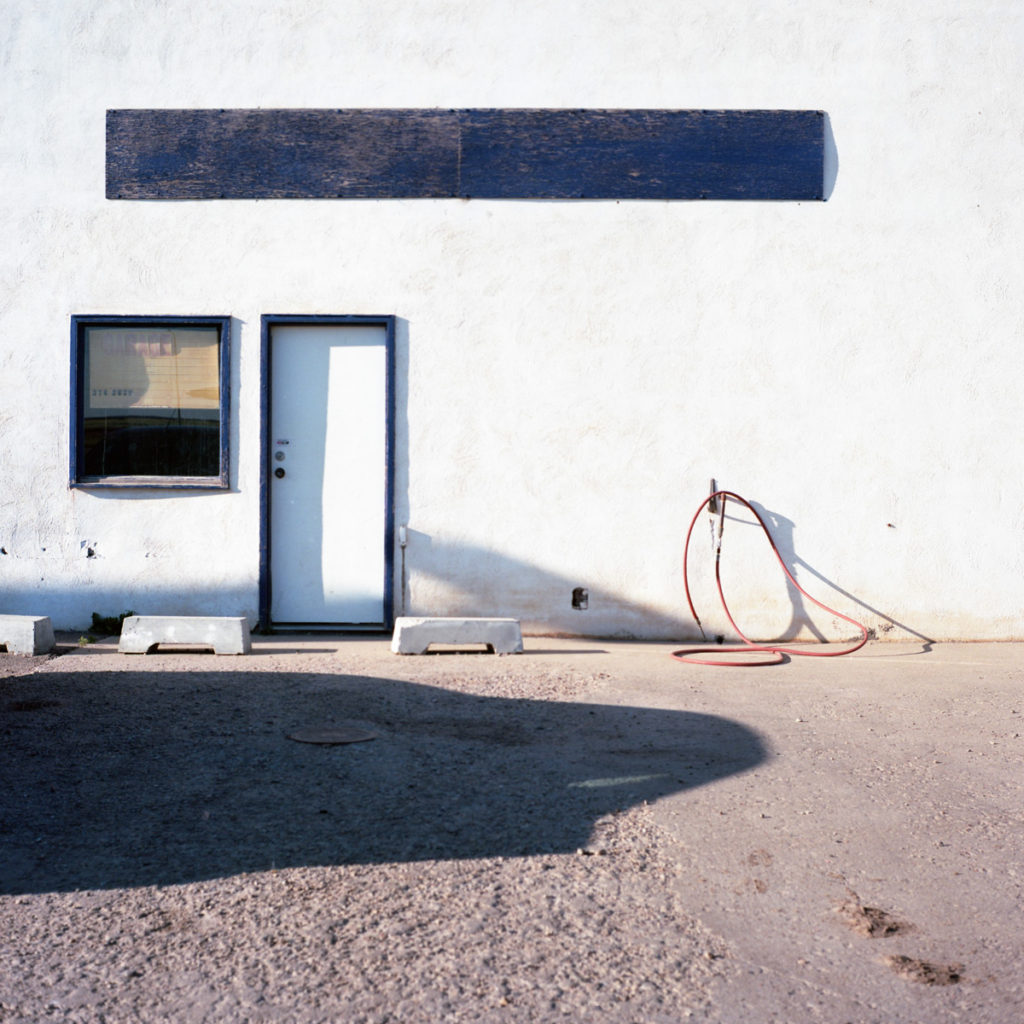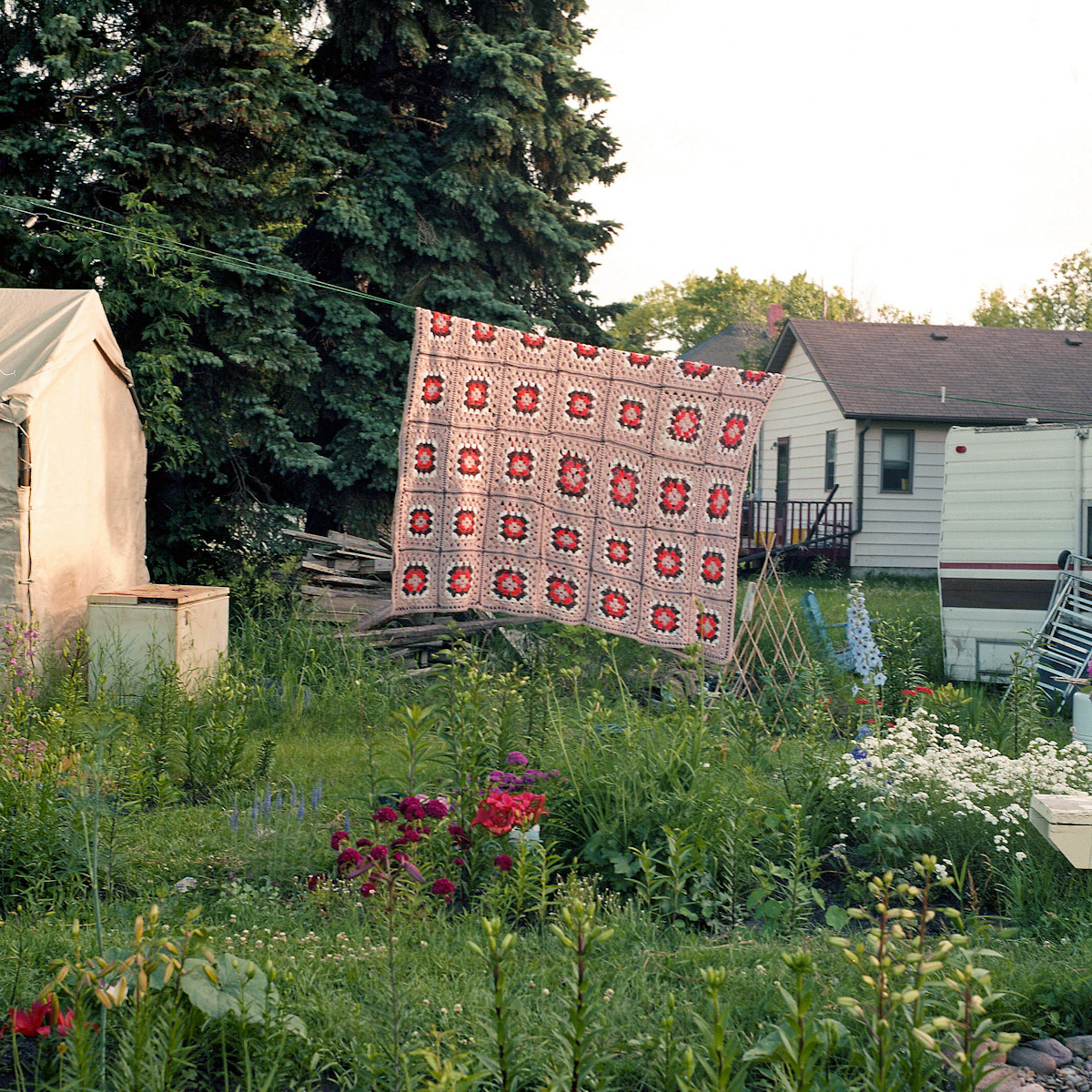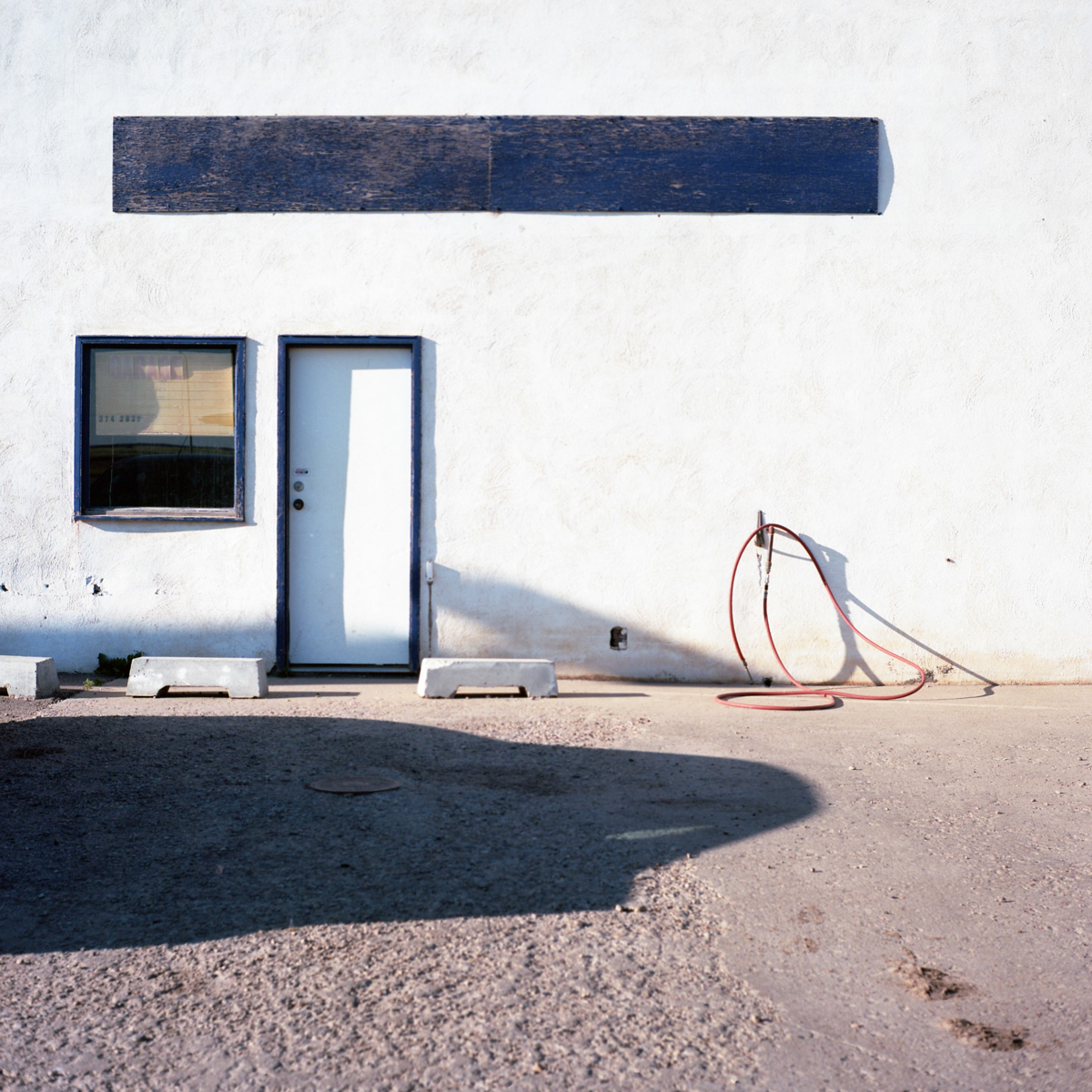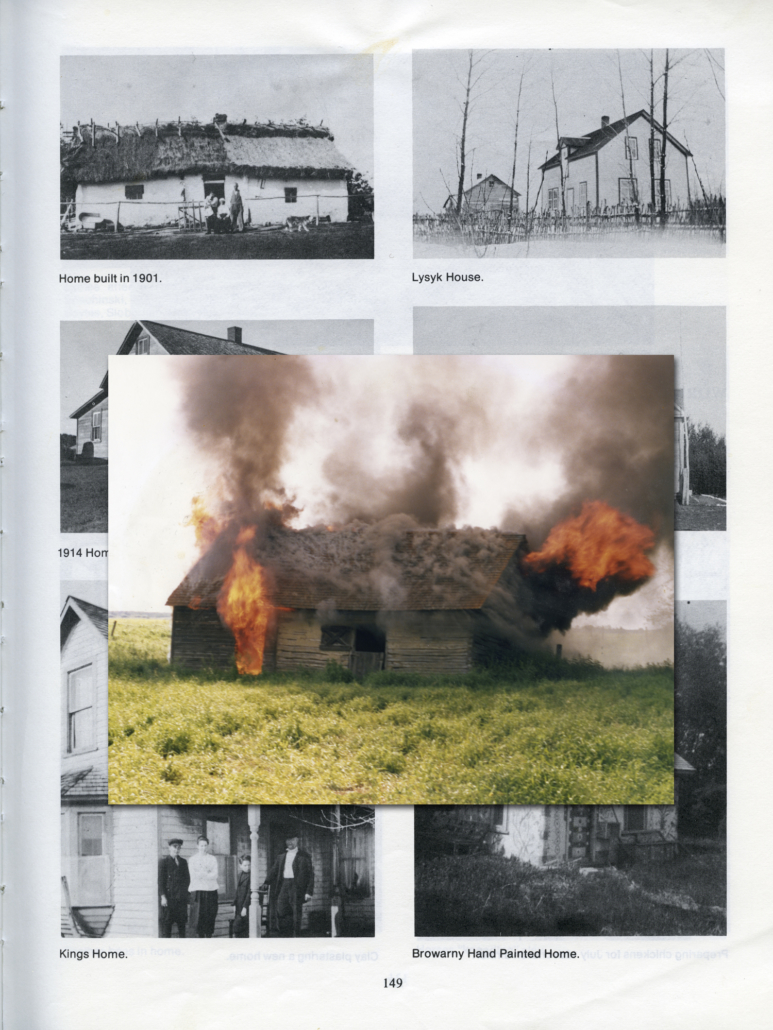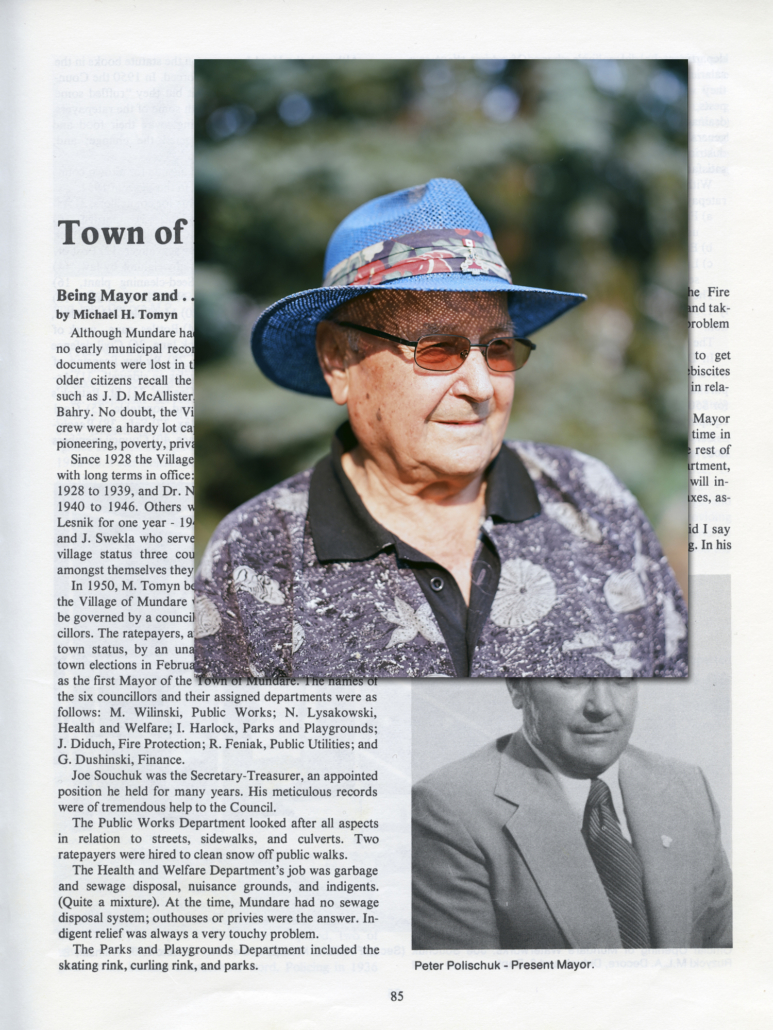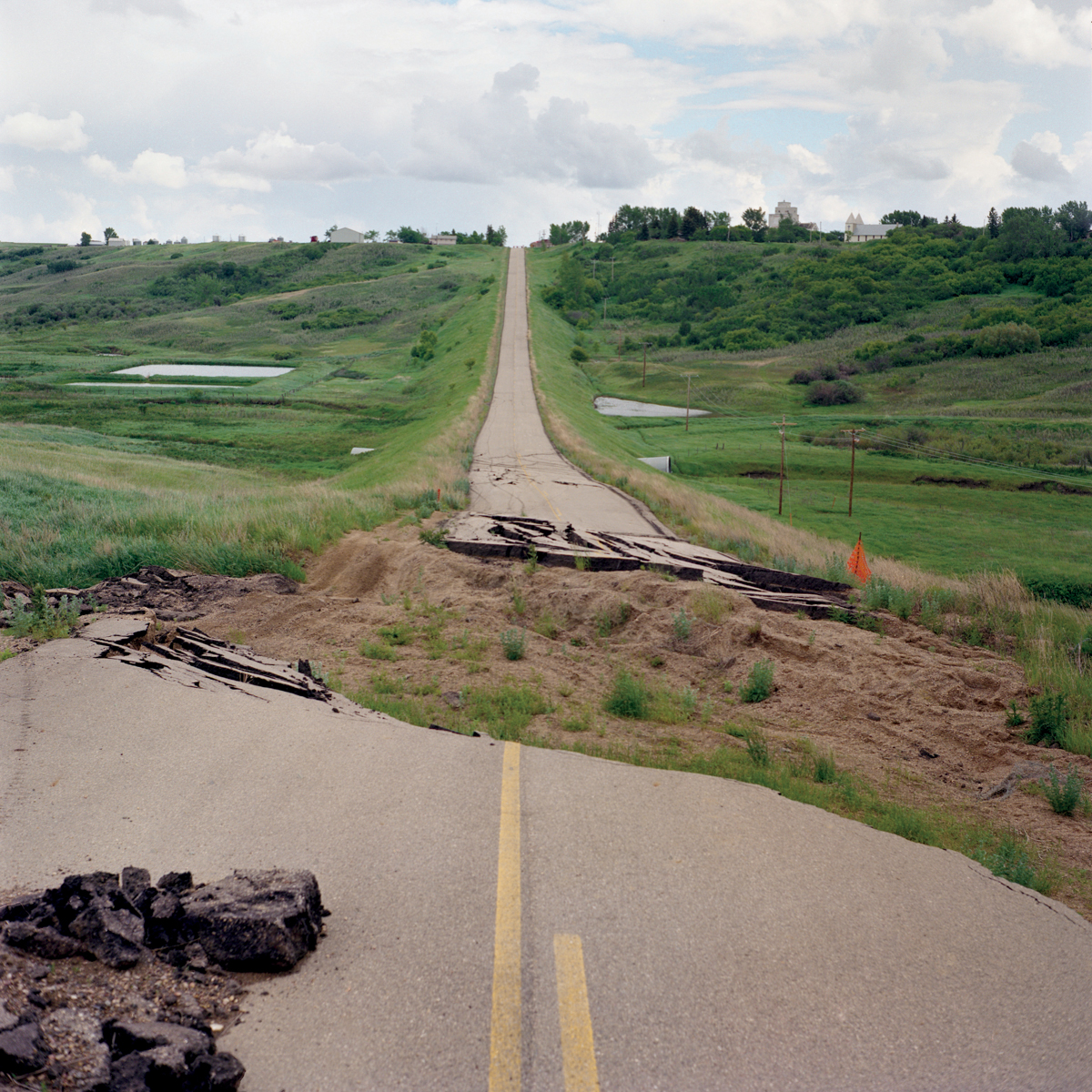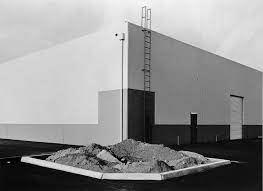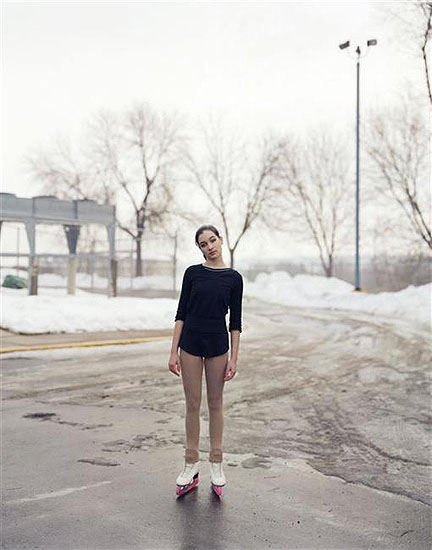Final Prints
For my final prints, I am producing aset of 16 or 18 prints, onto foamboard, with some raised onto a second piece and some just sety directly onto them. For this, I am going to arrange them in a multiple, of about five per piece of A1 foamboard. I plan to use spraymount to set images directly onto foamboard, and for those that are elevated do this, an then use double sided tape to them stick the first piece of foamboad onto the second.
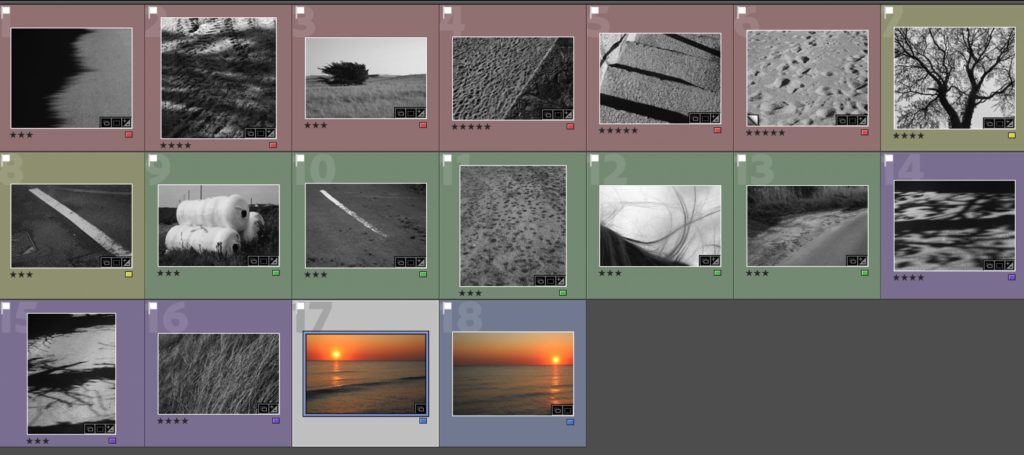

A3 Images
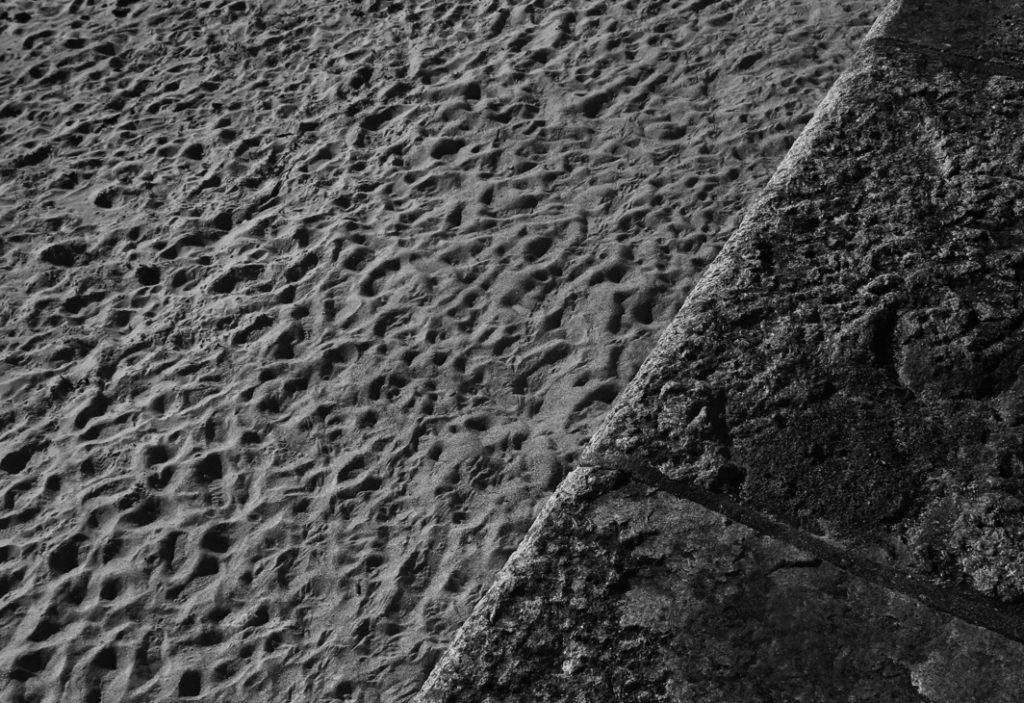
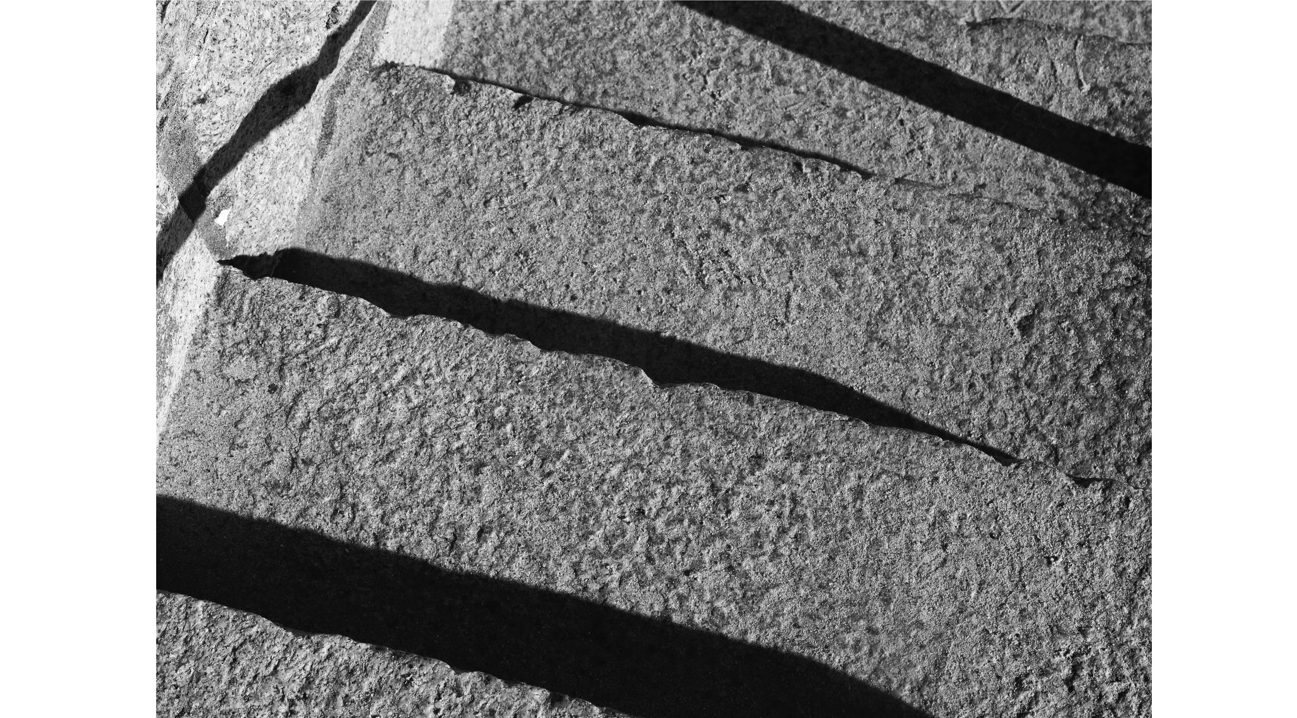

A4 Images
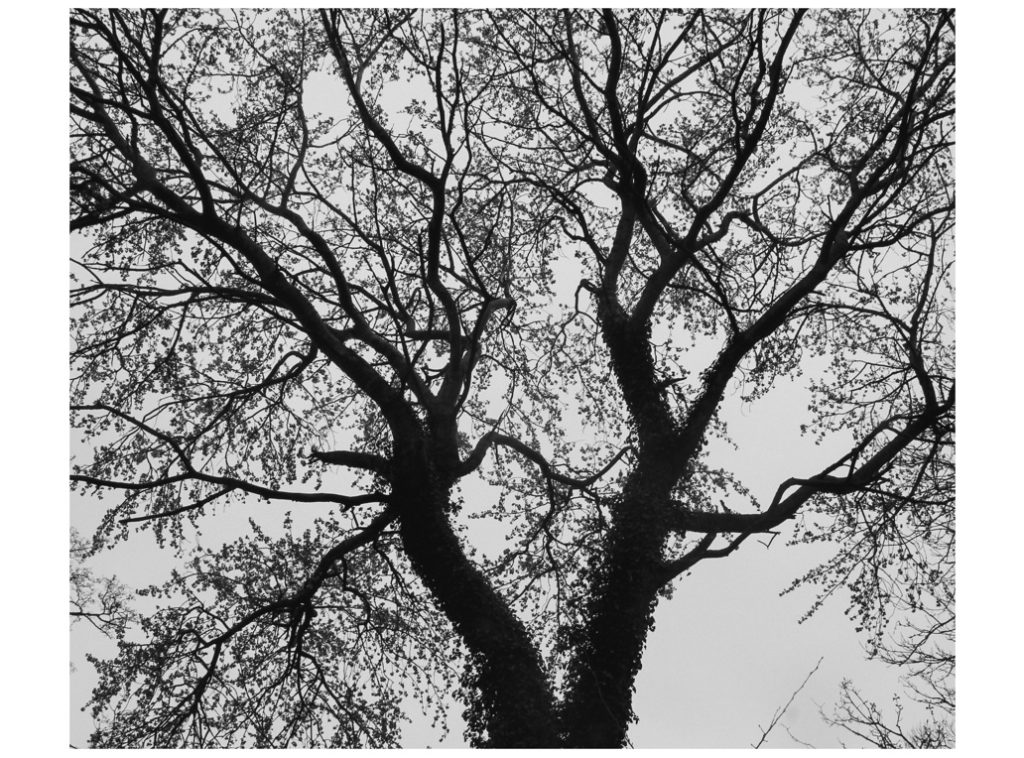
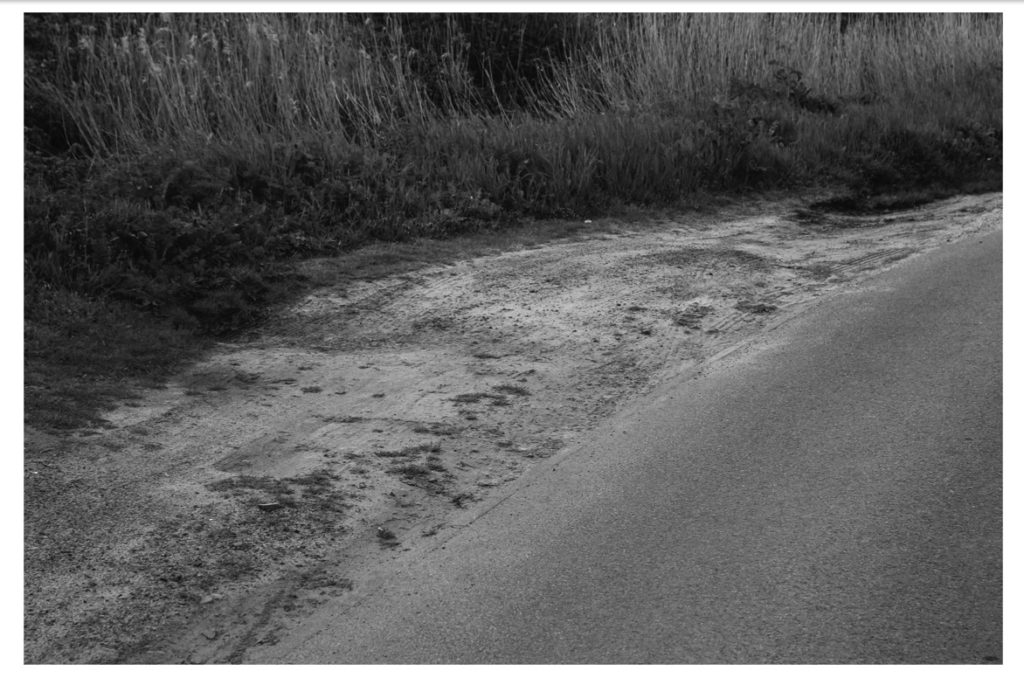
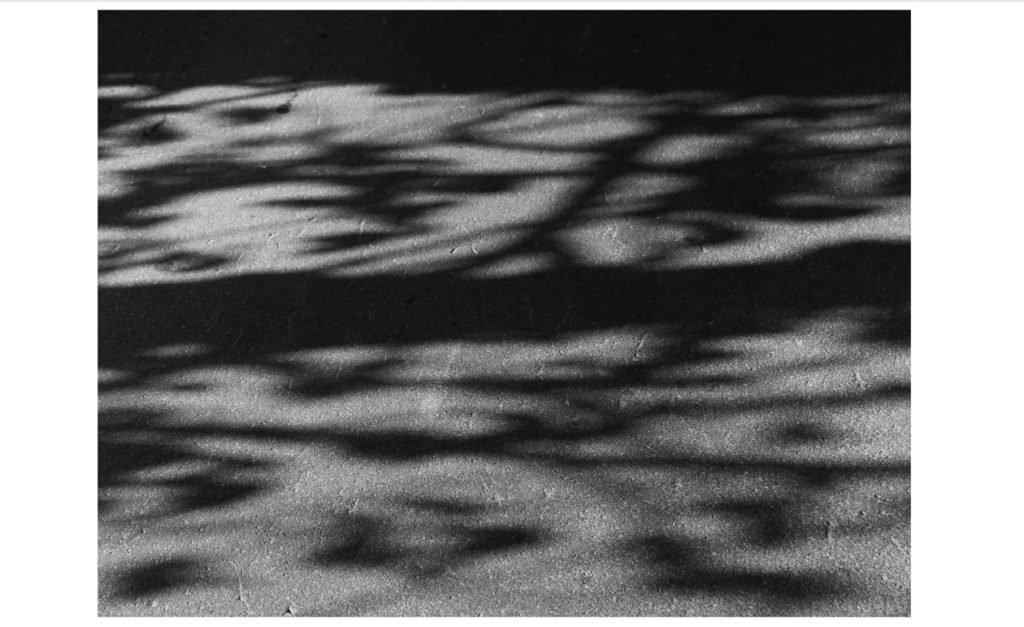

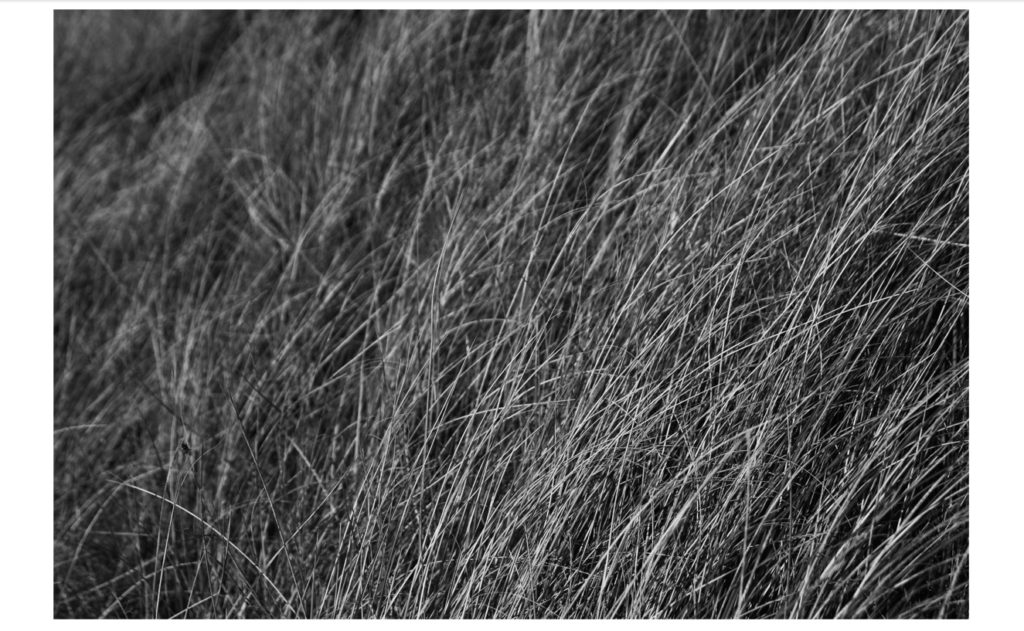
A5 Images

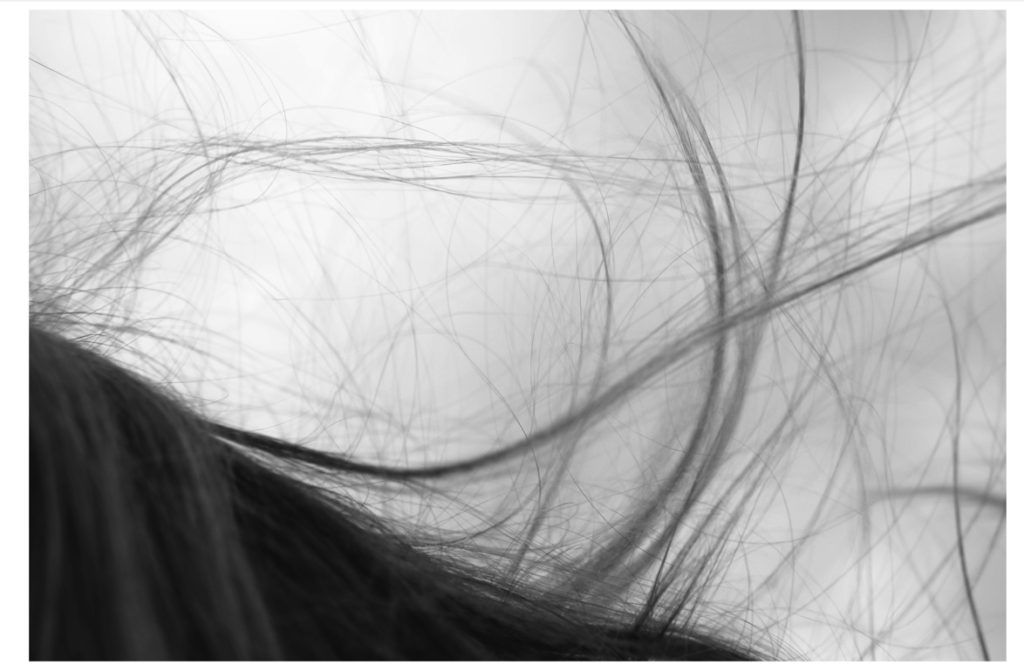
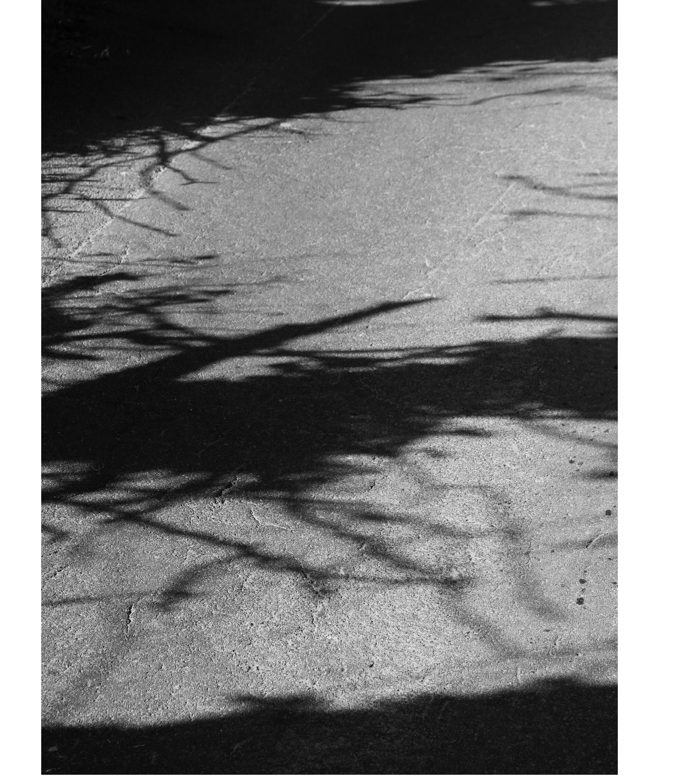
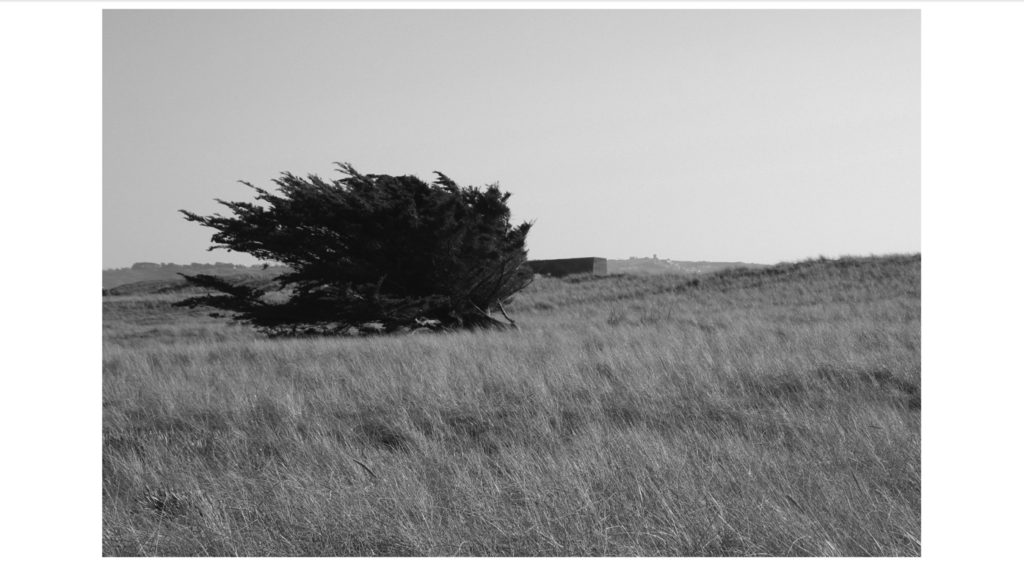
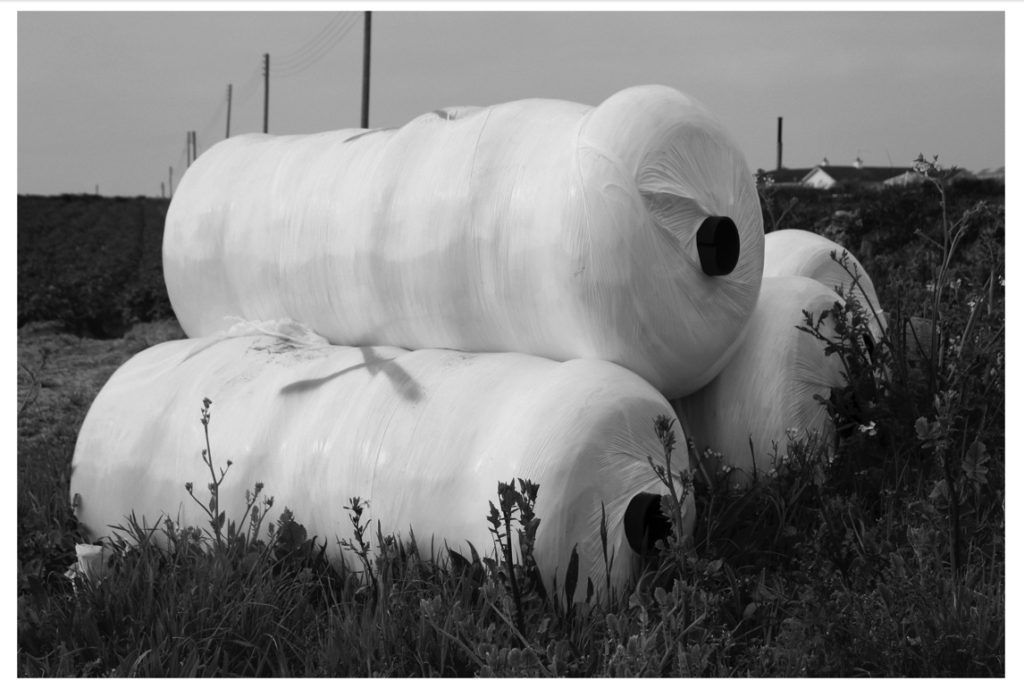
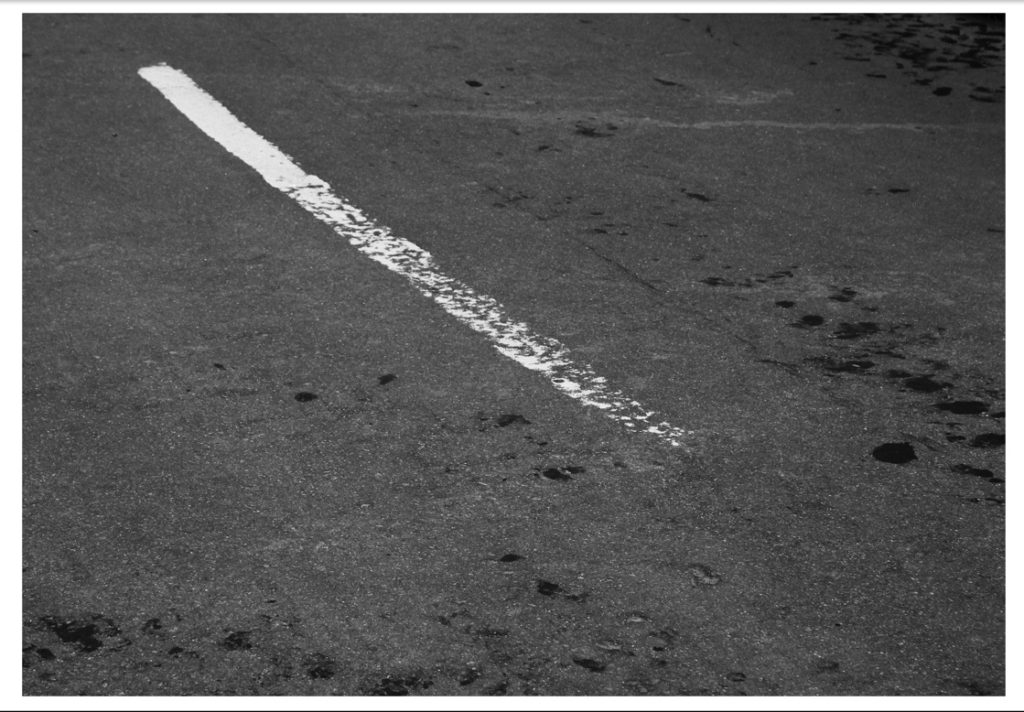
Final Presentation
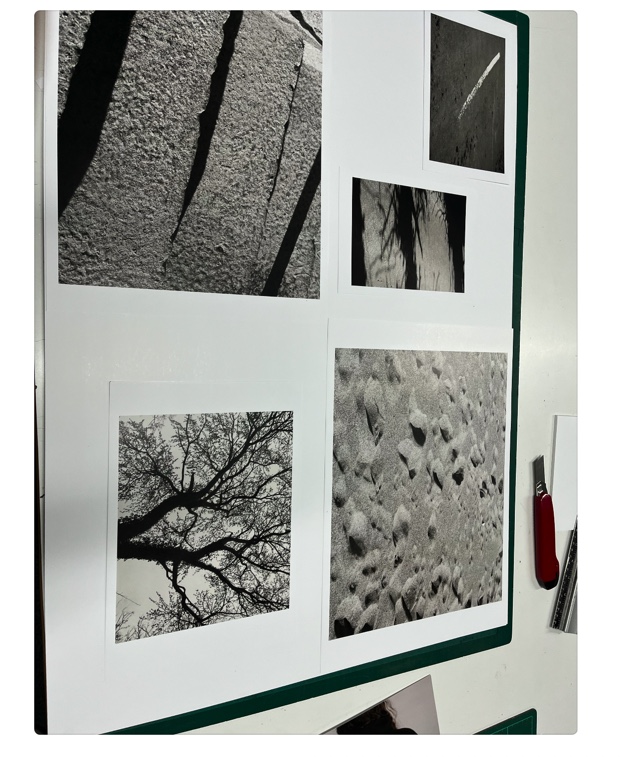
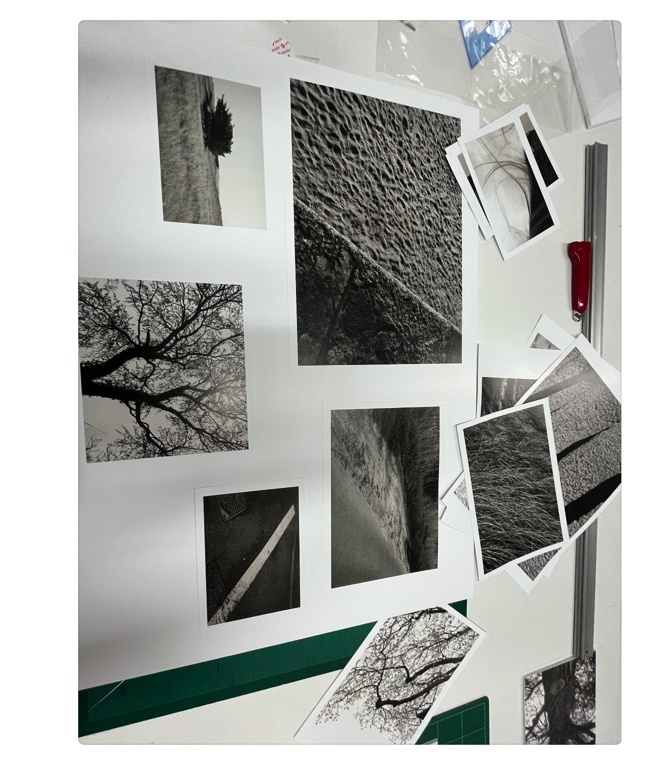
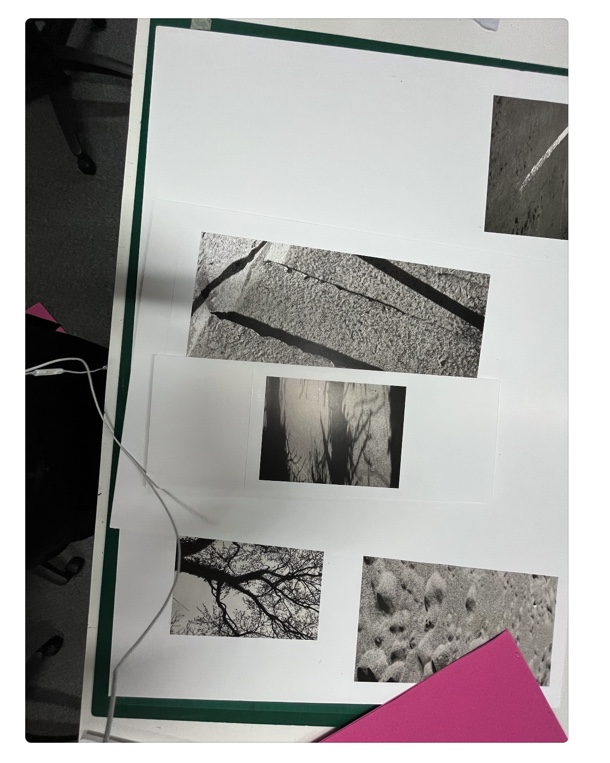

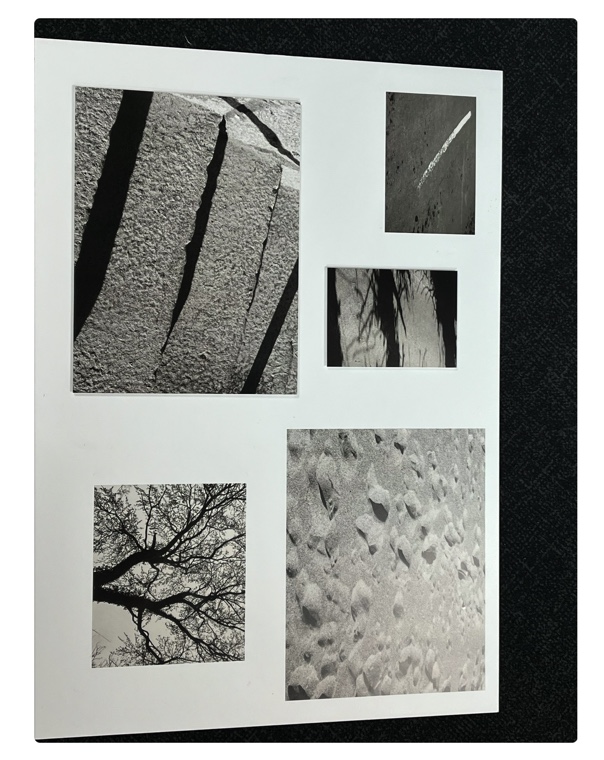
Final Photobook and evaluation
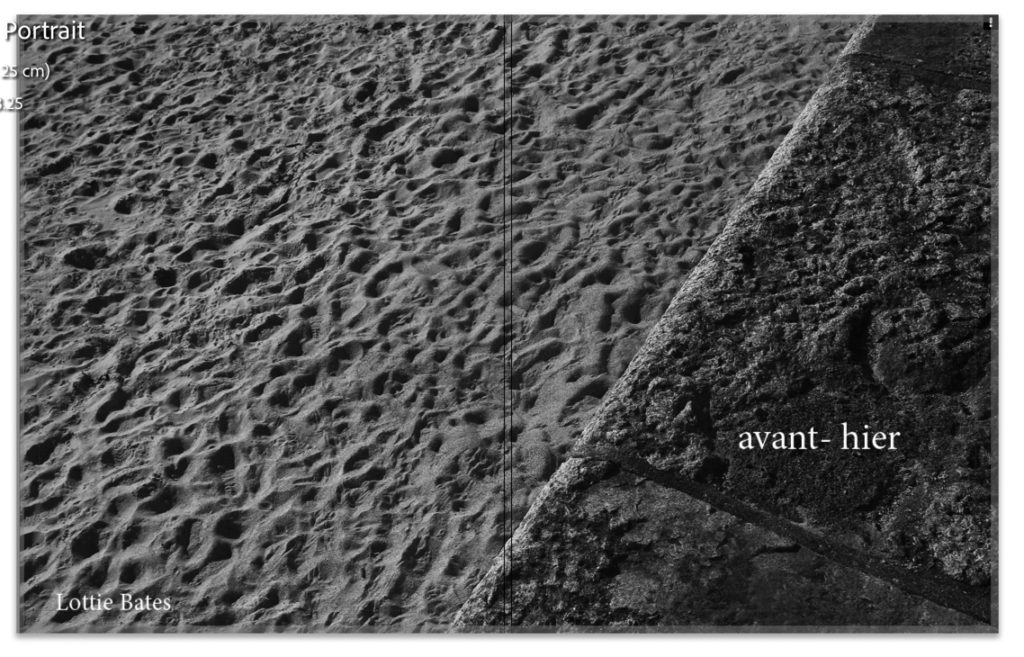
This is my front cover and back for my photobook. I used image wrap to put the image in half (zoomed)for both. I feel like this image is one of my strongest for the whole project, and I tihnk that I made a good choice by using it for my front cover. There are strong leading leading lines in this image – the harsh contrast of the wall to the right of the image creates a strong triangular shape and line leading the eye to the bottom of the image, and cover. The high detail of the sand and wall creates a graphic composition, with geometric elements. (triangular shapes and different textures with the sand and wall.) The title of my book means ‘the day before yesterday’ in French. I really like this title, as it references not only my personal links to France and the language, but also the contextual elements of my book and project. The title represents how I am referencing childhood memories and the past, and how I’m exploring the idea of changed or distorted memories.
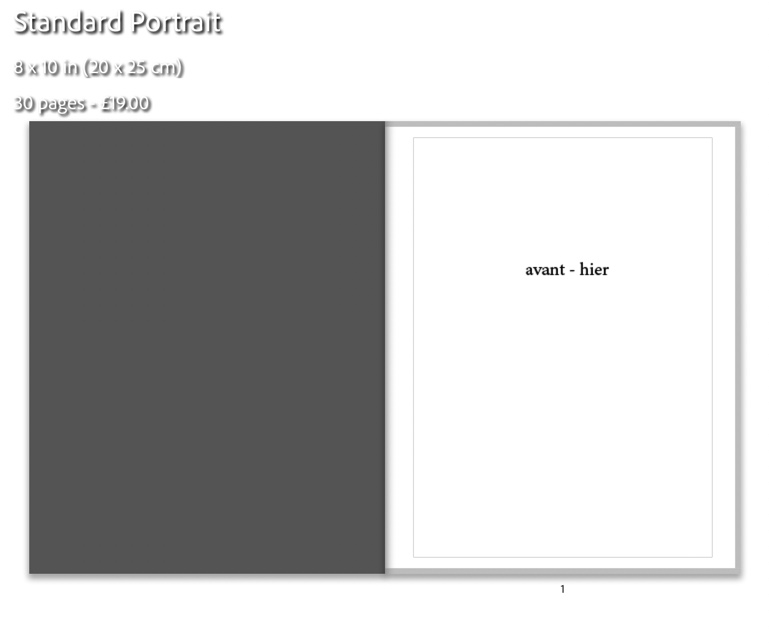
This my title page – it ensures an understated beginning to my book, and simply having the title and nothing else, I think was a successful stylistic choice. Although simple, I think the white background with black text sets the tones of the whole book – which are black, white and grey.
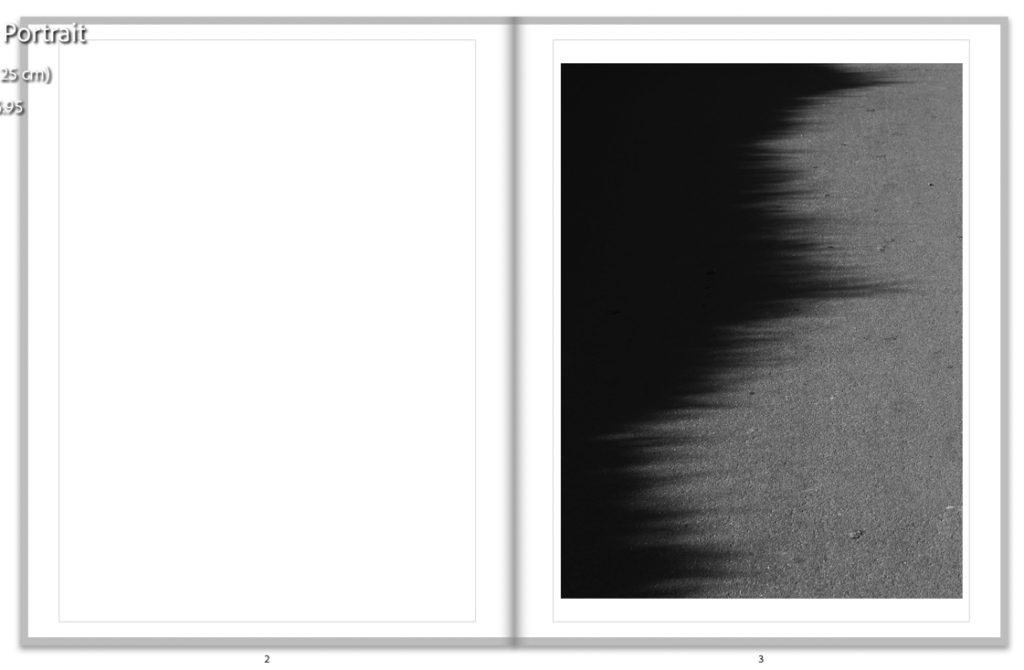
This is the first actual image on my book – i think this image is quite unusual, with its graphic nature. This image is a representation of what I wanted to capture: the idea of hidden locations, and distortion within memory.

This is one of my only images with a white border in my book – this was used because it compliments the focal point of the road marking on the left, helping to balance the composition. I like the way this image’s leading lines almost sweep the eye from the left corner to the bottom right, which creates a natural progression to the next page.
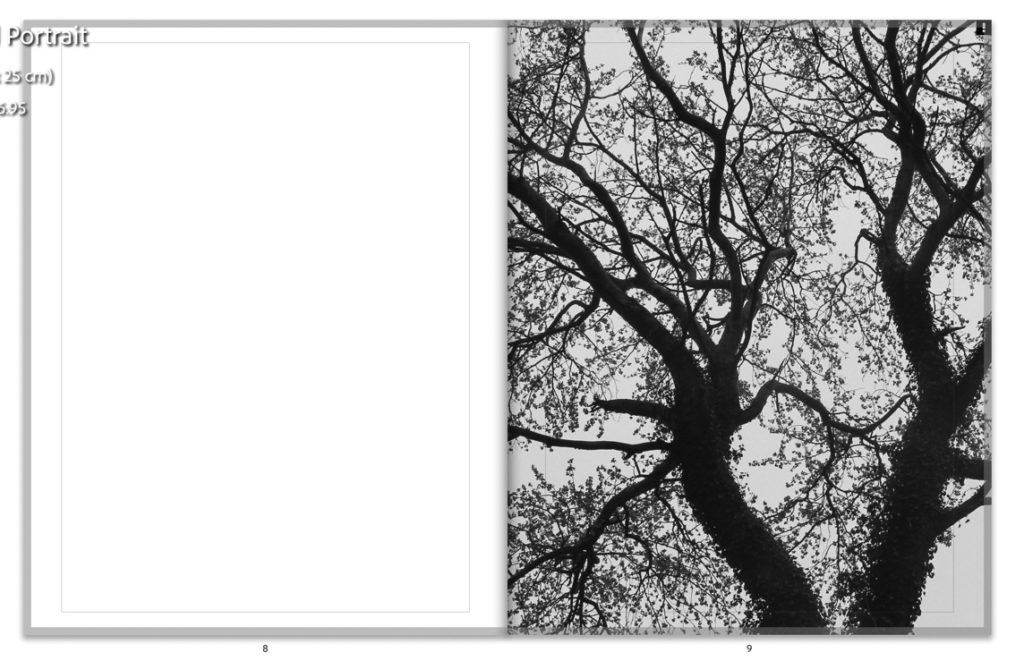
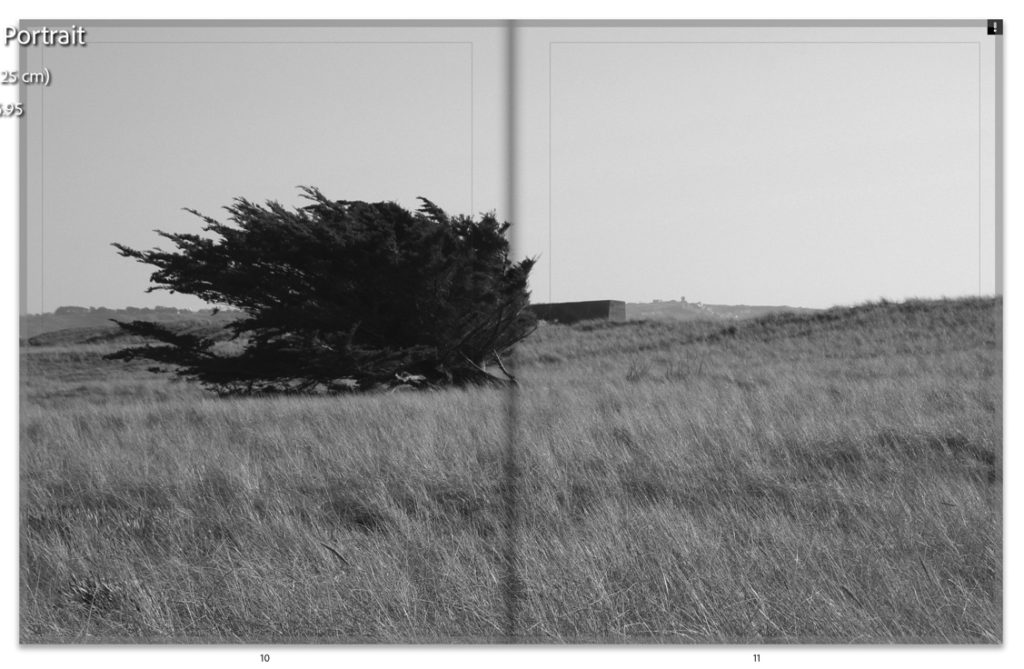
This is one of my only traditional landscape images in this project – I chose it due to the composition and inclusion of the tree to the left – this tree is an iconic part of the location of this shoot, and I wanted to include this without giving too much away in total. Furthermore, to keep a balance of different types of images, I wanted to keep a mix of rural nature, beach, and road images, with the main focus being trees and plants, roads and sand. – This image featuring the tree to the left juxtaposes nicely with the spread before, in which there is a tree to the right of the spread, creating natural progression and flow within the book’s narrative.

This is an image that I really love from this project – one from my favourite beach on the island, where I grew up on. The footprints create great depth within the image, and also could represent the idea of moving or travelling, which was a huge part of my life as a child. This is something I’m happy I included, as I wanted to include some personal elements in my book, but without obvious signs or hints – this adds an air of mystery and subjectivity to my work which I really like.
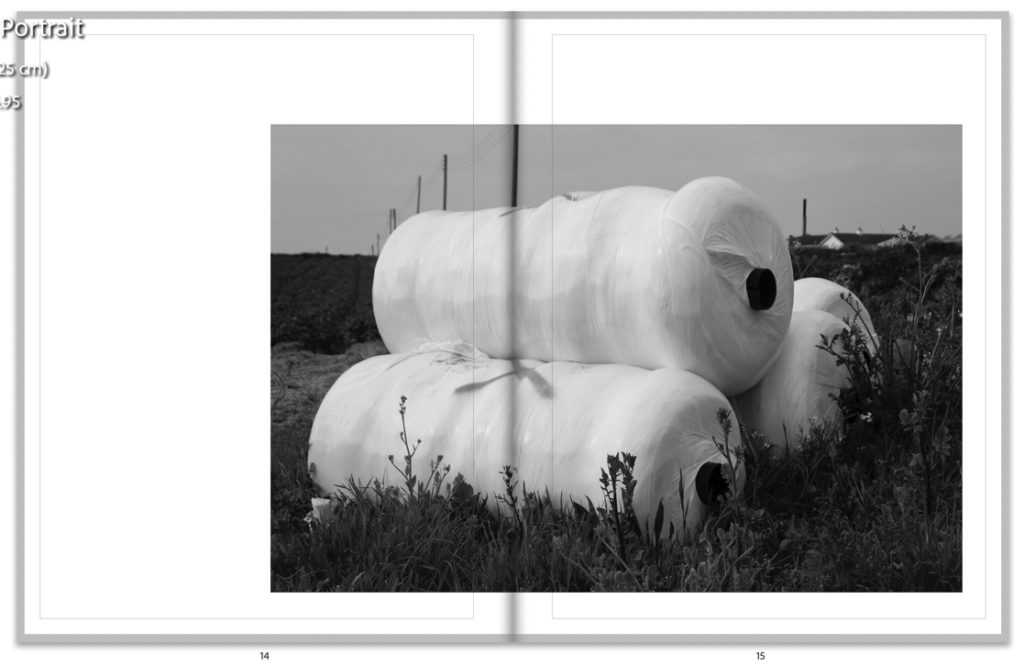
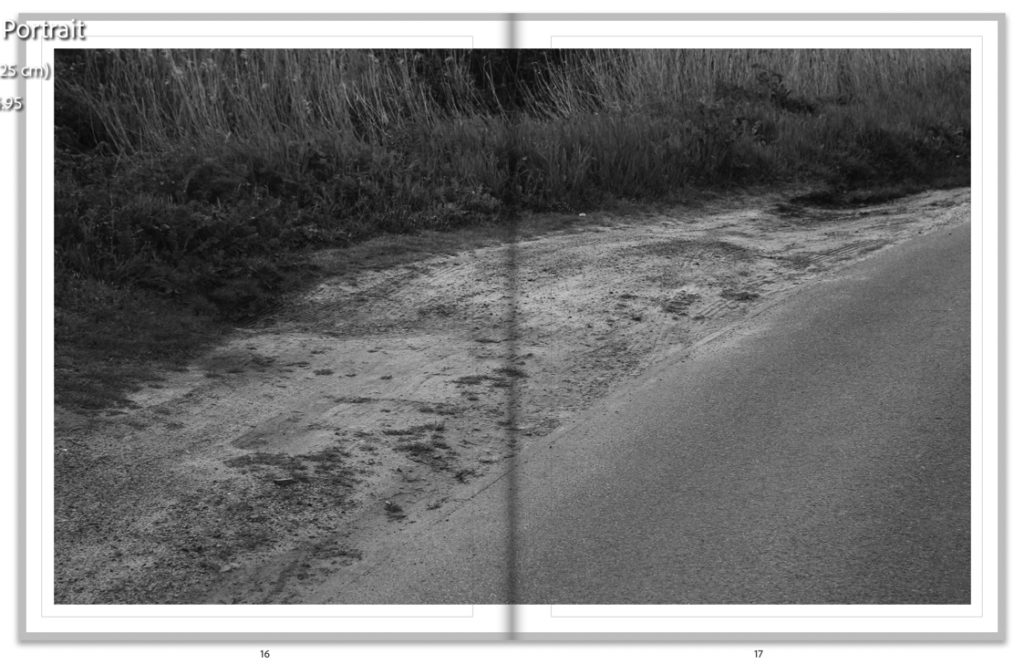
This image is another double page spread. To me, it represents the rurality of the places I was photographing. The bushes and road create three clear parts of the image – the darker, more dense bushes to the left and top right, the middle of the image, which intersects both pages with more inclusion of tracks – creating a thread onwards from the last image. Finally, the final sector of the image is the desaturated road: this links well with my other images of roads and their reflections in the project. Overall this image to me is somewhat a staple of the book, not only because of its position in the book, almost the middle, but the inclusion of all kinds of other textures and parts that feature in the rest of my images.
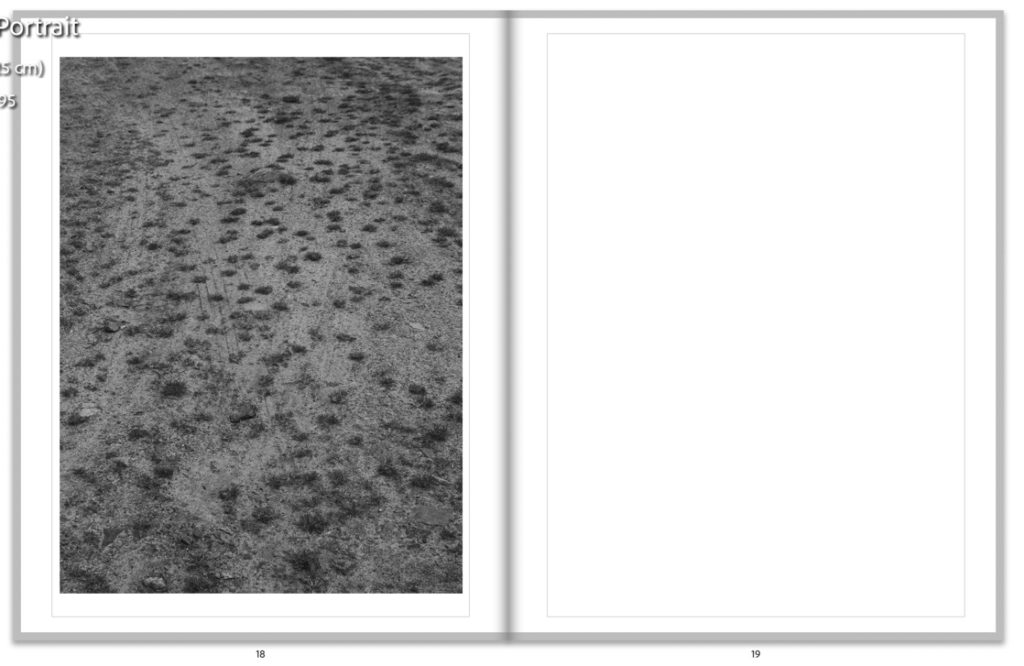

This image is another from my favourite beach, however the steps. This image features really dramatic shadow which I really love – I accentuated this with mu editing using contrast, blacks and shadows. Contextually, the inclusion of steps in my book could be seen to reference change or movement in life, and to me was important to include for these conceptual reasons. Furthermore the strong shadows link closely to other similar shadowed images in this book, and were important to include to bring all types of images together.


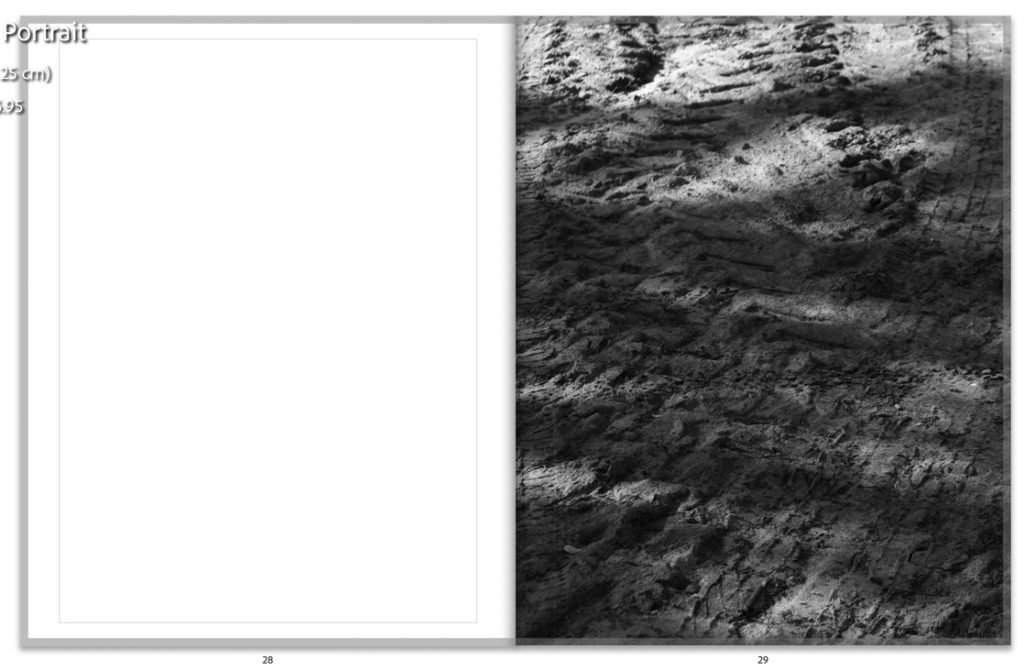
This is the final image in my photobook – I wanted to choose an understated, close up image for my final photograph, as it helps to create a natural end to the narrative, representing a possible final memory, or with the shadow representing confusion or ‘foggy’ memories that can be confused as a child.
Final Evaluation
Photoshoots
I had mixed experiences with my photoshoots. My first photoshoot I found to be successful, due to high quality light and a location which I knew well, so could visualise what shots I wanted to take. I found the weather to be the most impactful thing on all of my work – my first and last photoshoot were the most successful due to the high quality light and better planning, with my second and third shoots not going as well due to lack of light quality and also planning. I found that I struggled with lack of planning slightly in a few of my shoots, and that the more I visualised what I wanted to take and wrote a plan before helped me to create better images.
How successful were your final outcomes?
I think that my final prints and photobook came out better than I expected. I had a lower quantity of images for this project to normal, and was worried about this impacting the quality of my final prints and book. However, after my editing, which I think went really well, my images had come together as a set as I had envisioned.
Did you realise your intentions?
I think yes, but also I think not as well as I thought. I had planned to include archival material of my locations to juxtapose my own images, but due to lack of time and poor planning on my part I didn’t manage to do this. It was a shame I didn’t include these, but I also think it was a blessing in disguise – I always include these kinds of images in my work, and this whole project was me stepping out of my comfort zone in my photography, which is something I find really difficult, as I worry about getting things wrong etc. In this way, I think I did realise my intentions as I experimented with a whole unknown type of photography that I’m not comfortable with, and created some outcomes that I am proud of.
What references did you make to artists references – comment on technical, visual, contextual, conceptual?
I think that I’ve referenced some artists more than others, for example I used Kyler Zeleny and Alec Soth for reference in my starting points, before I decided to photograph more and more abstract images. Therefore, these artists were still useful as I used their work to inform my next steps in my project and would not have been able to do this without research into their work. However, my final artist reference, Siegfriend Hansen was the most impactful on my work – I found his work to really reference what I was trying to capture, although my work was that of rural landscapes, and Hansen’s is urban street photography. I found his writing about his work to be extremely useful, as his process helped me to inform my own choices. – His focus on the formal elements of photography really helped me to focus on these in my own abstract work and make more successful outcomes.
Links to Simple and Complex
My project links finally to this theme through the idea a seemingly simple idea: rural landscapes, in black and white. This however contextually is approached in a much more complex way, through the idea of childhood memories, but not only this simplistic idea but the way they change and alter in your head as you age, and how this manifests when revisiting childhood places. This is documented in quite complex looking images, but of simple things: such as trees, sand, and roads. The elements of my photos that I focused on are simplistic, for example, such as line, shape and shadow, but they manifest in much more complex images and compositions.
Is there anything you would do differently/ change etc?
If I was to complete this project again, I would use my time more effectively. I didn’t complete photoshoots enough in advance, and this meant I didn’t have enough time to reflect properly on my outcomes and change my course of my project effectively enough.











